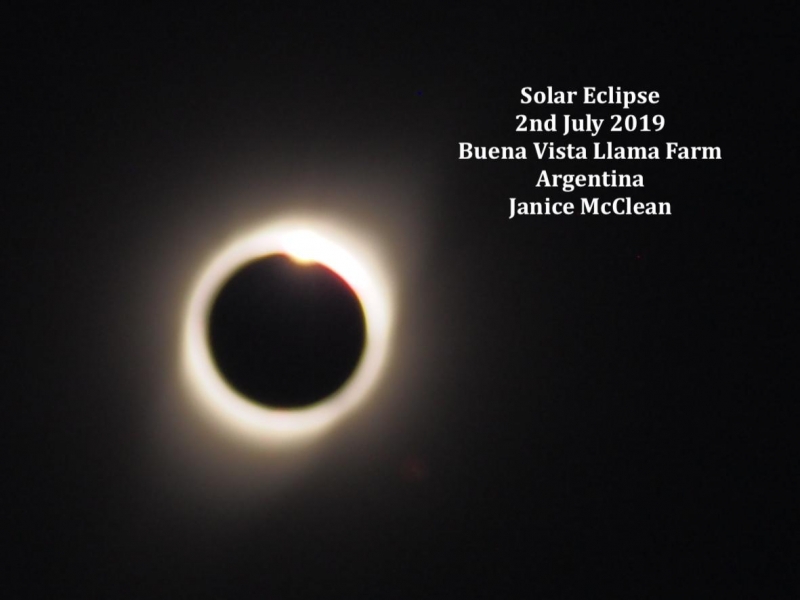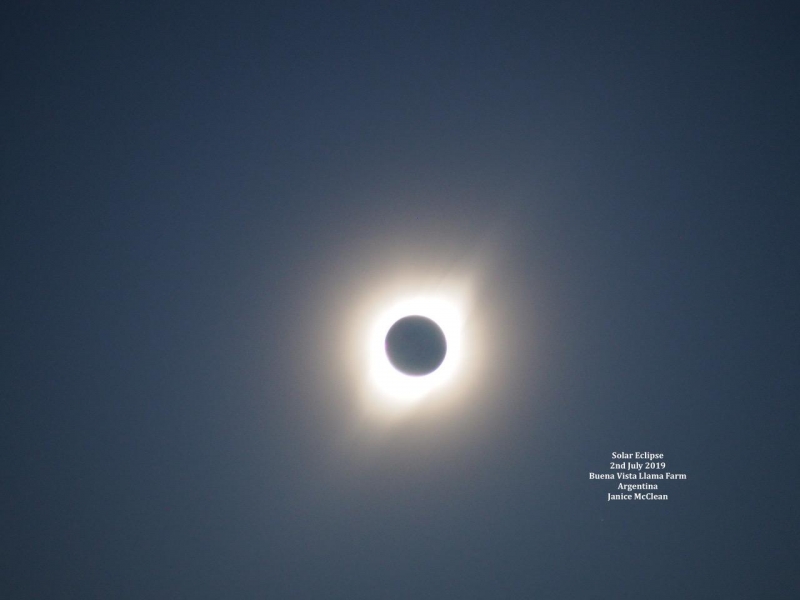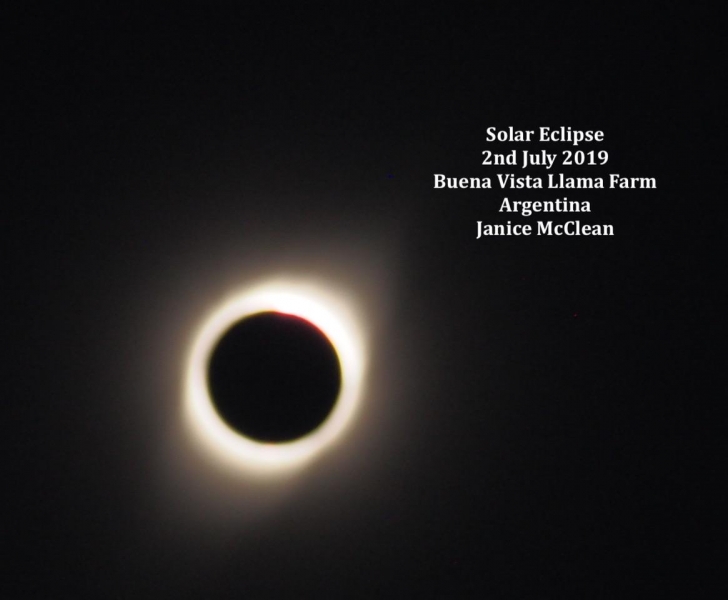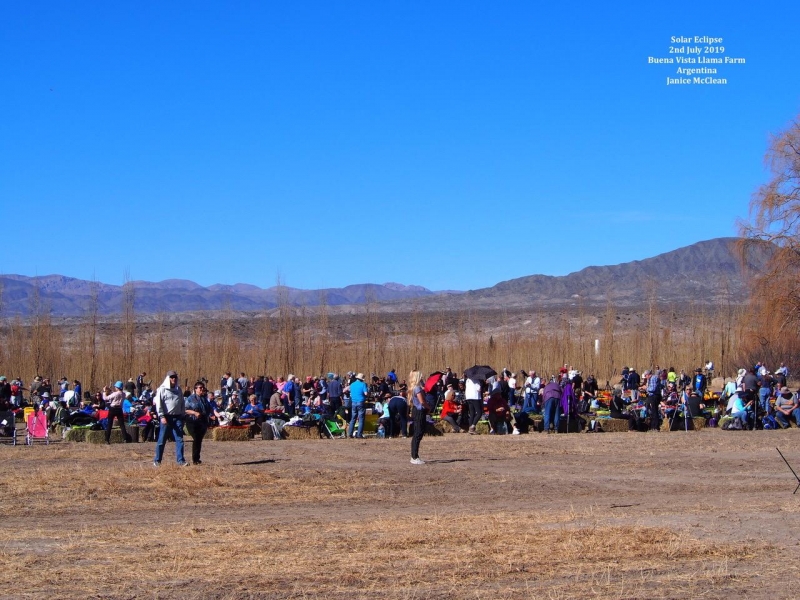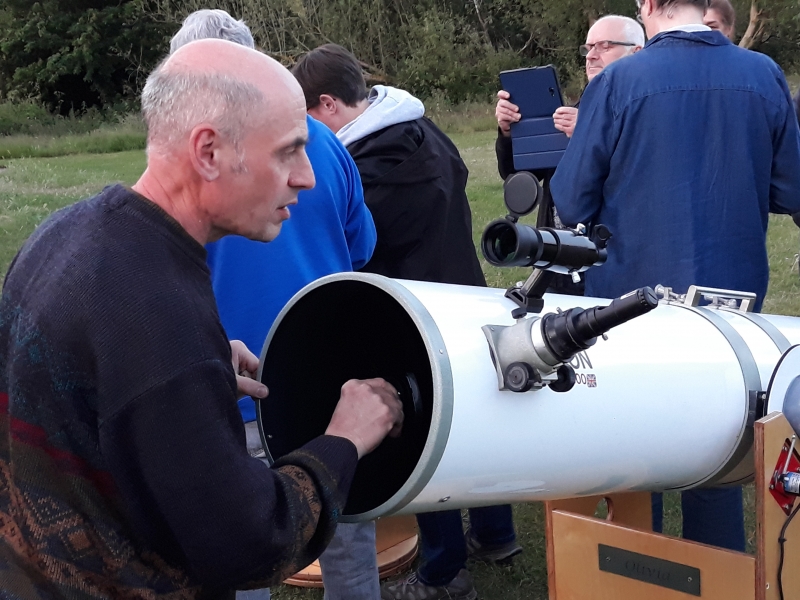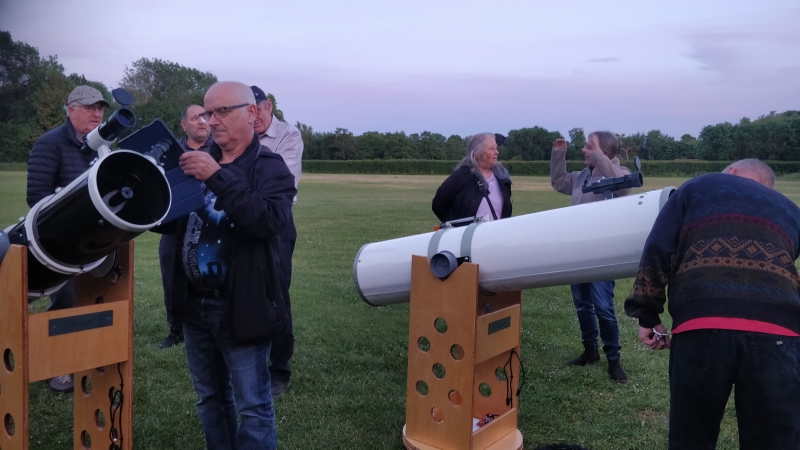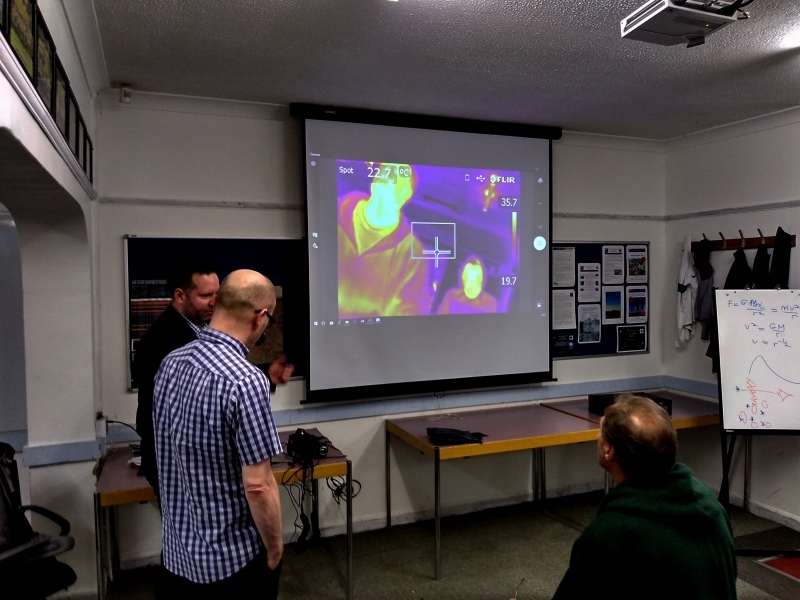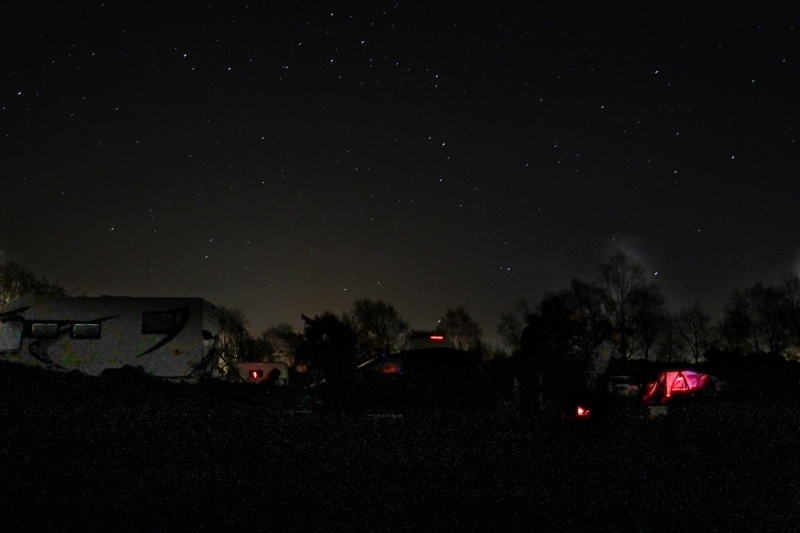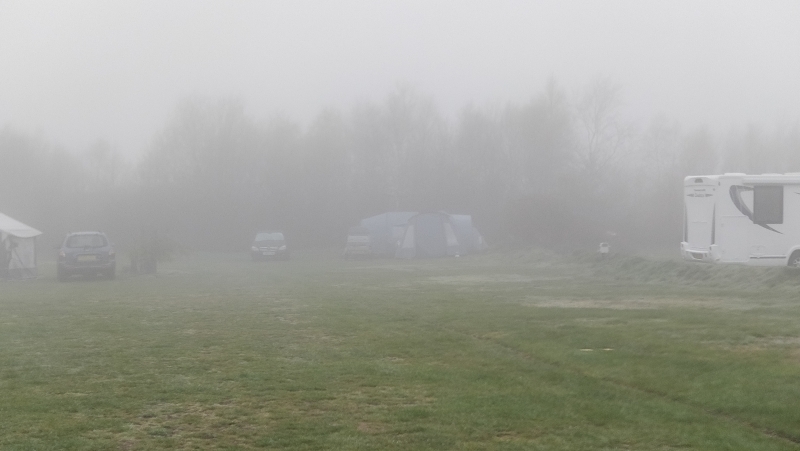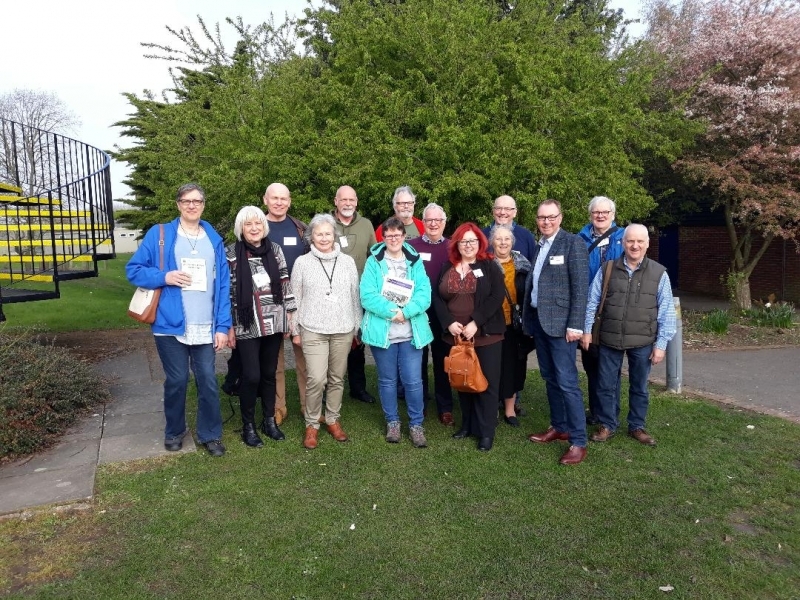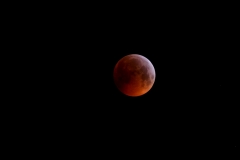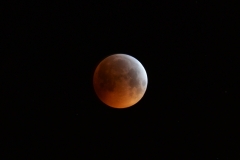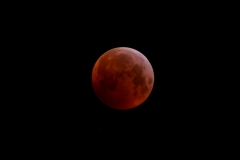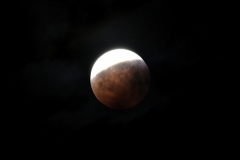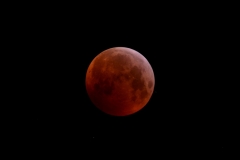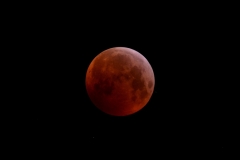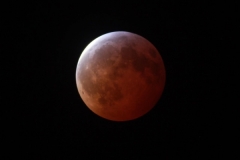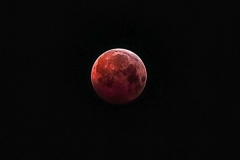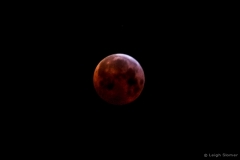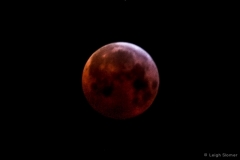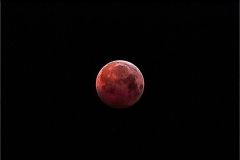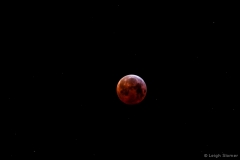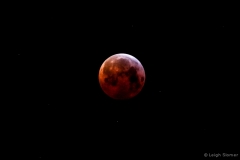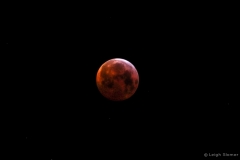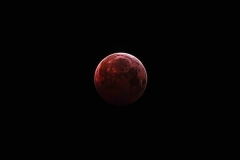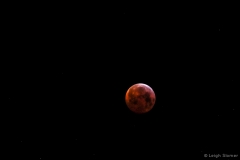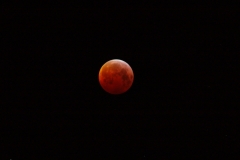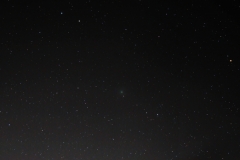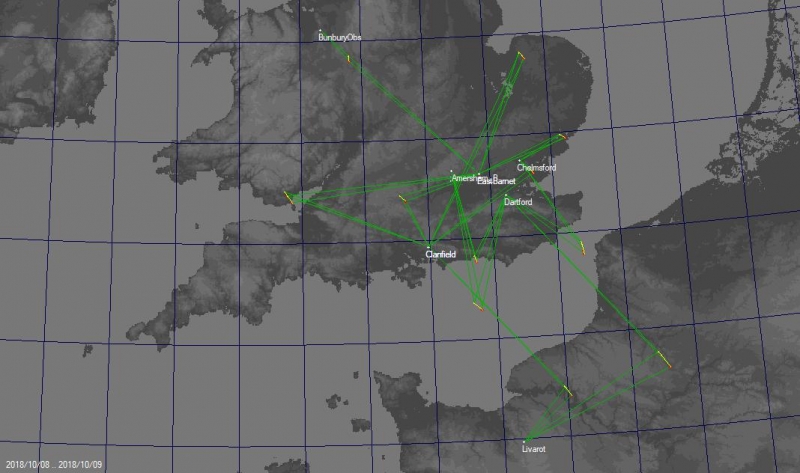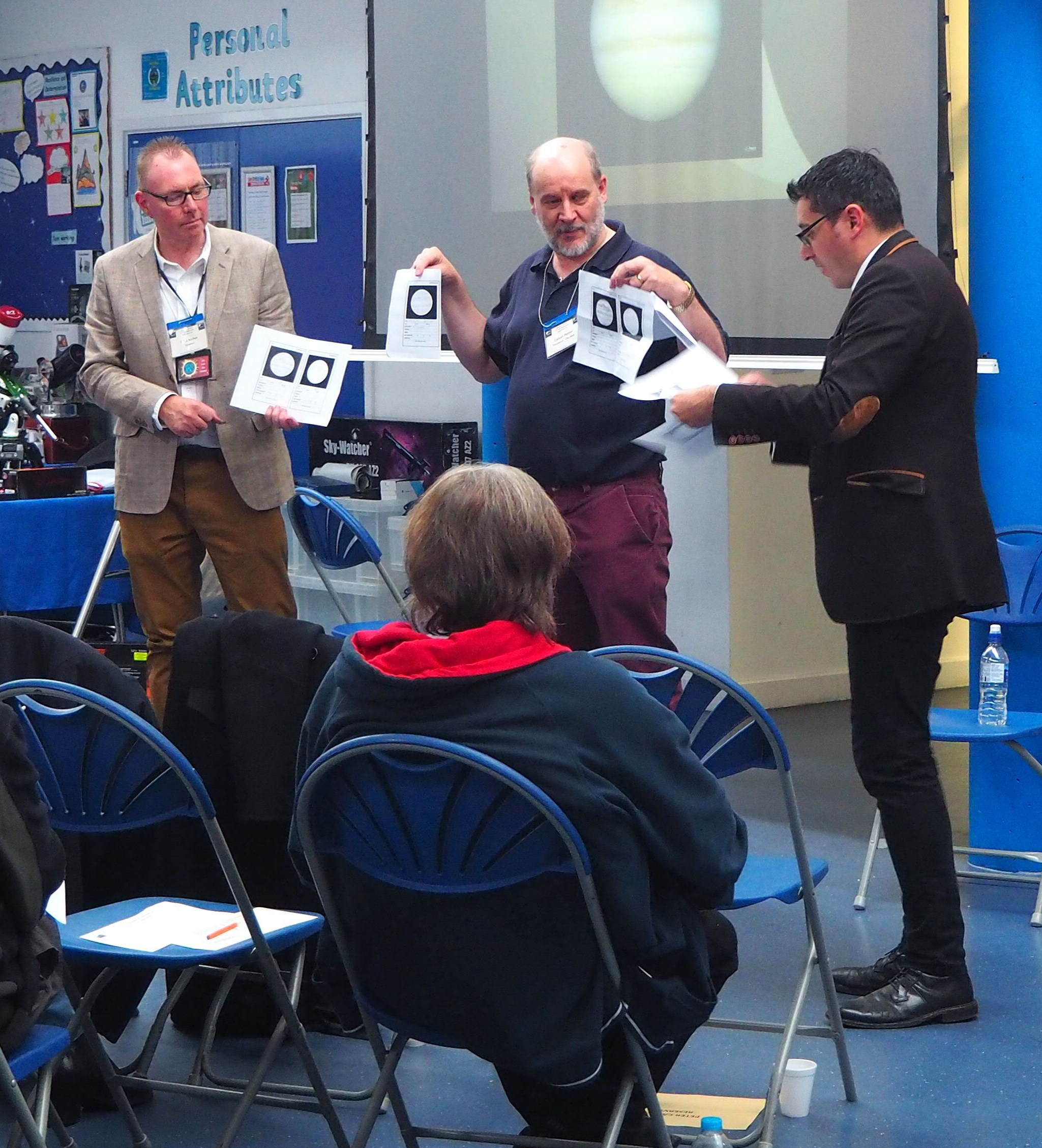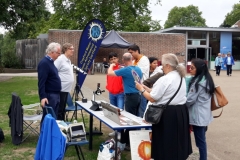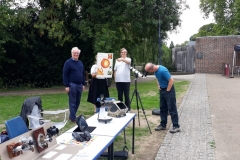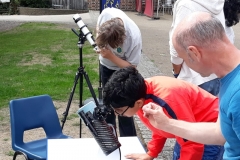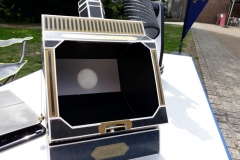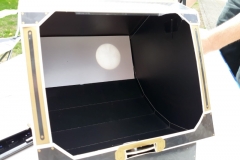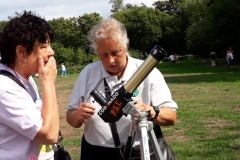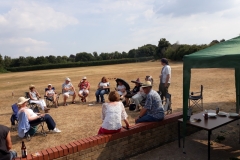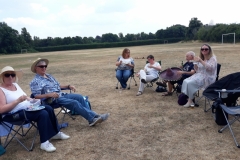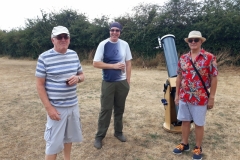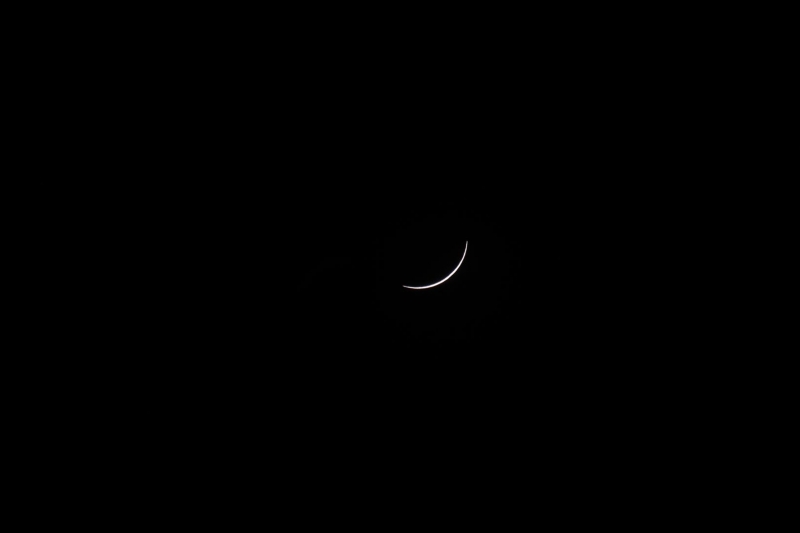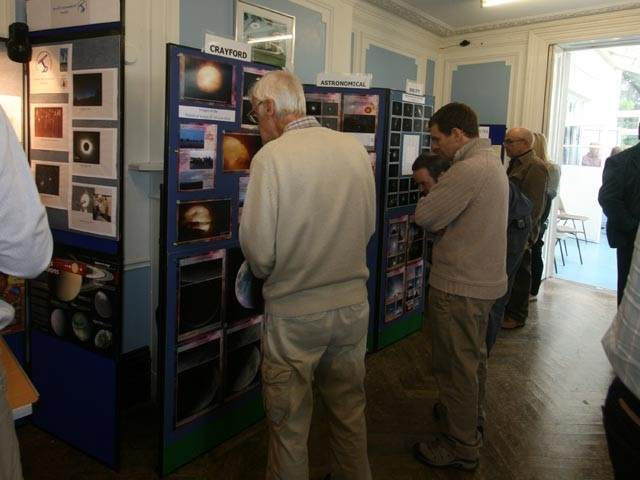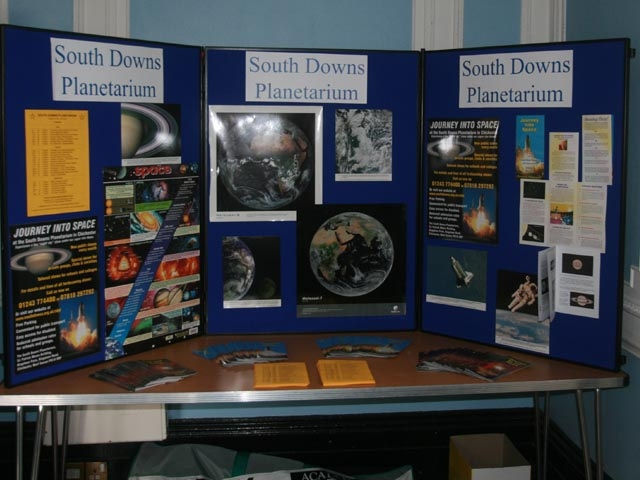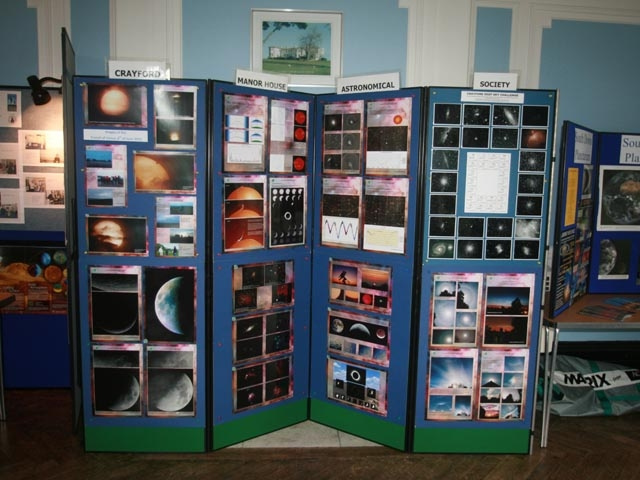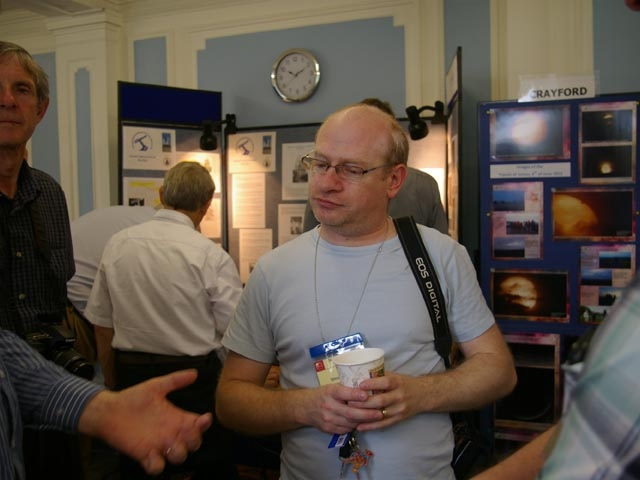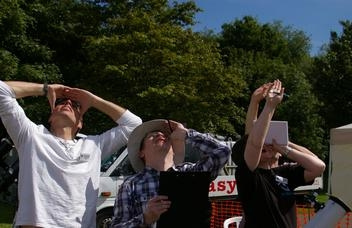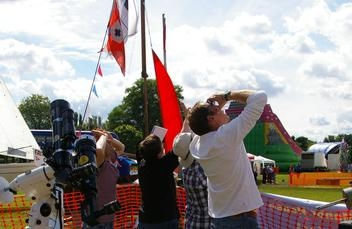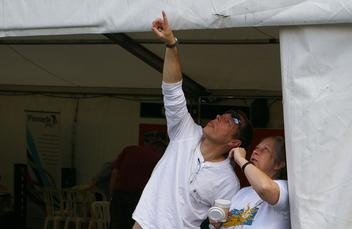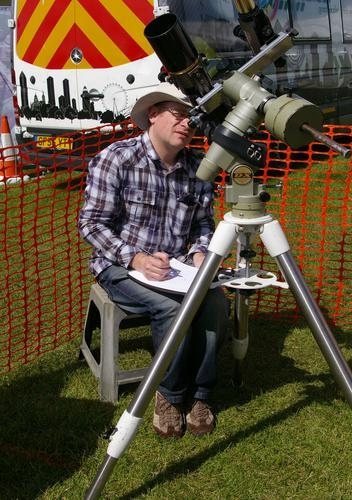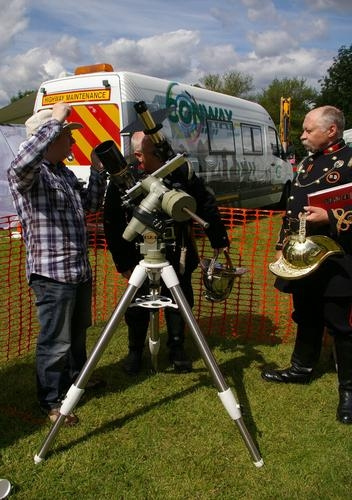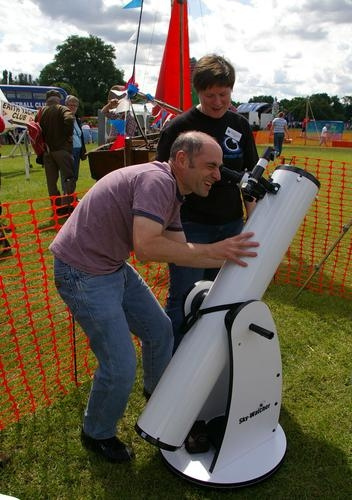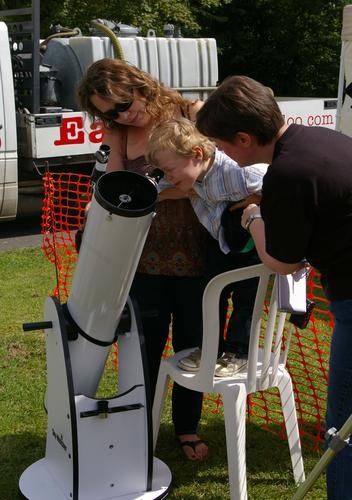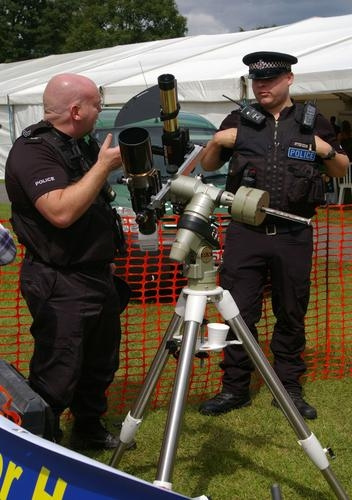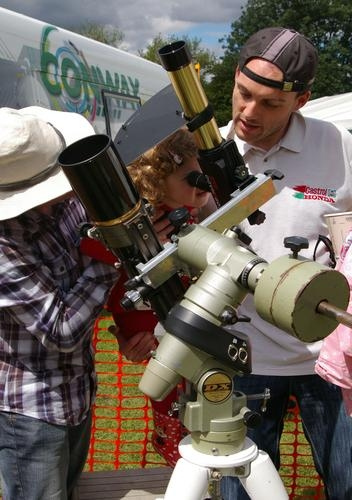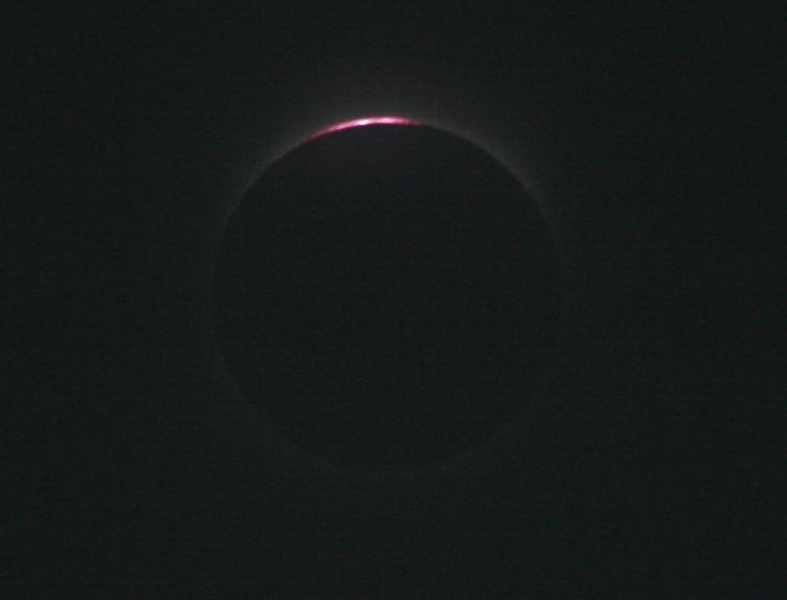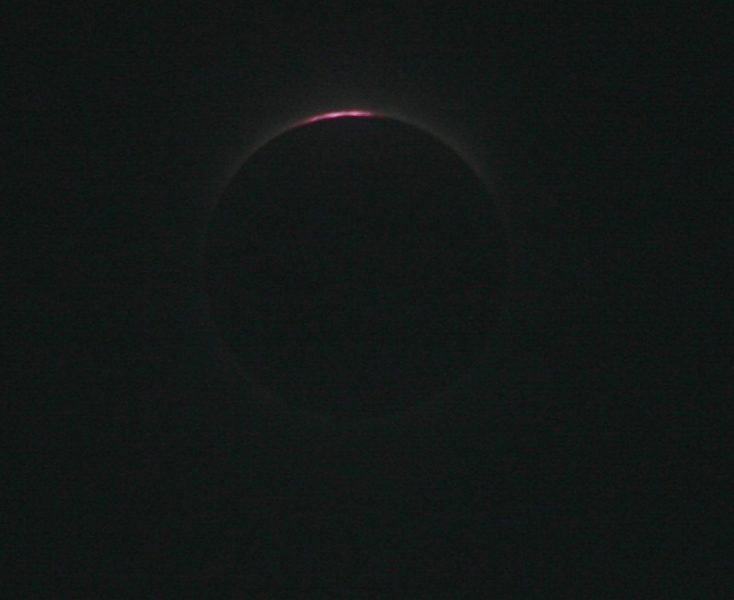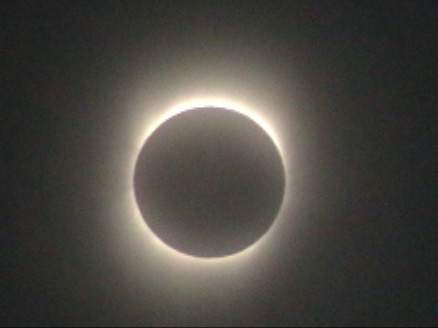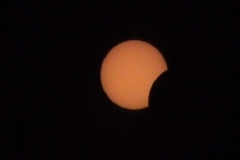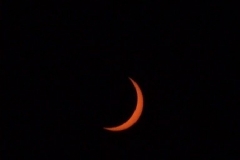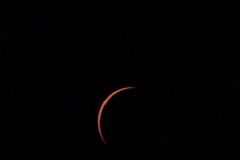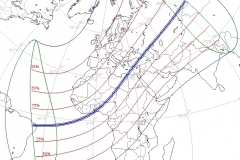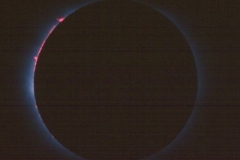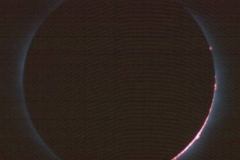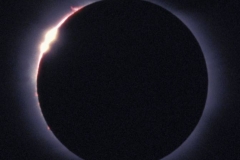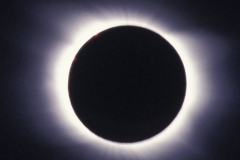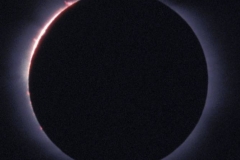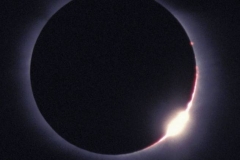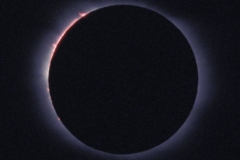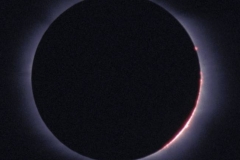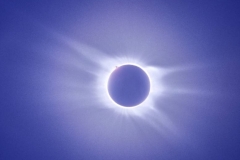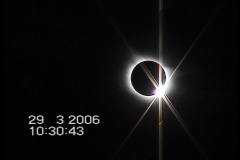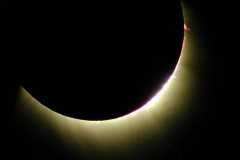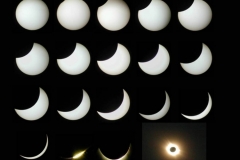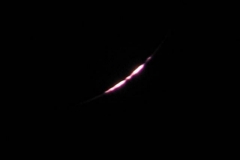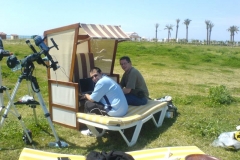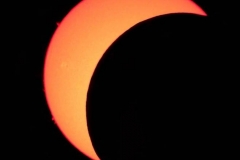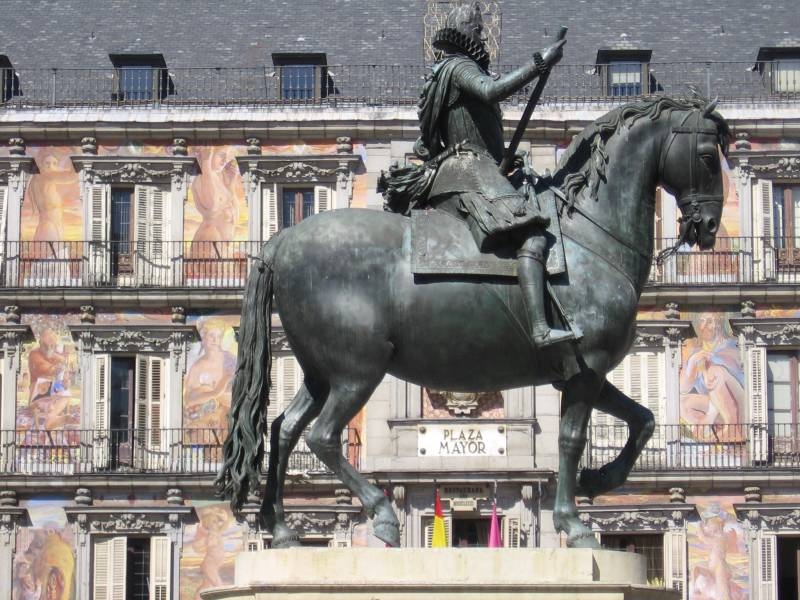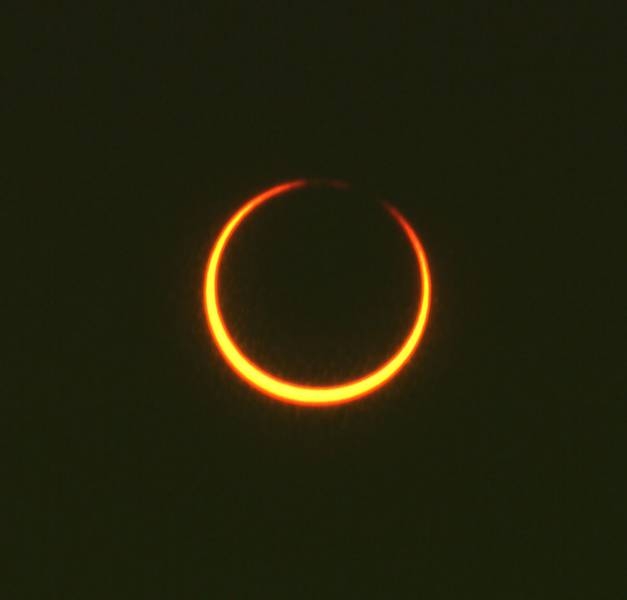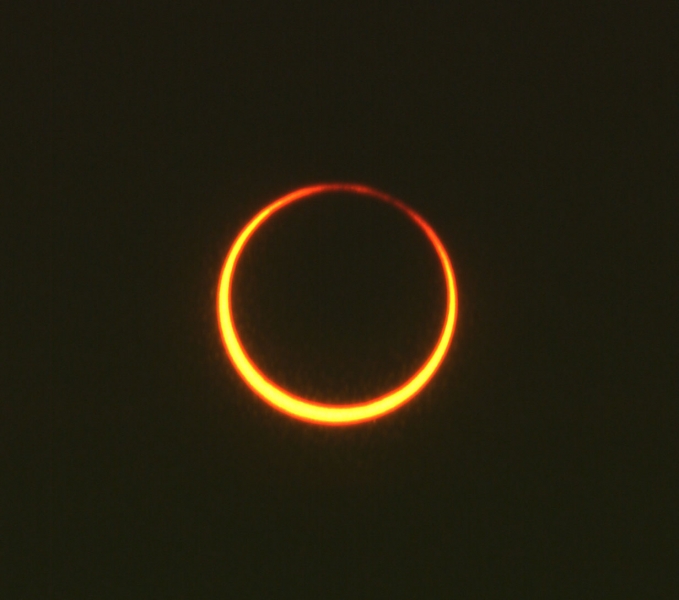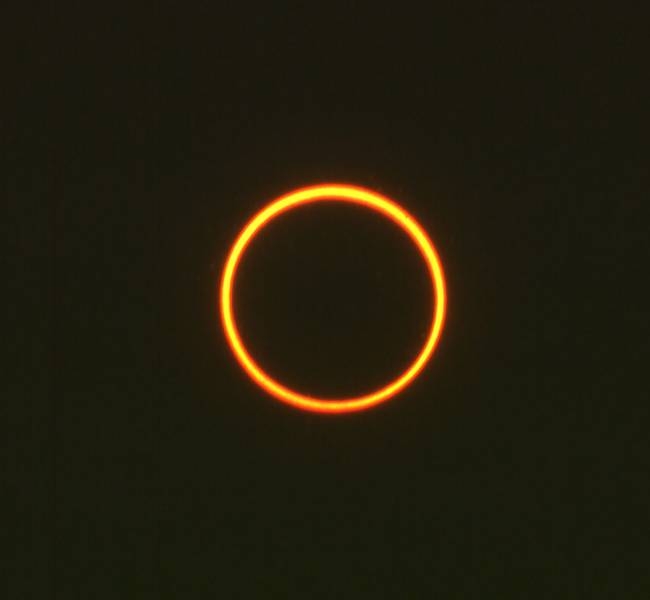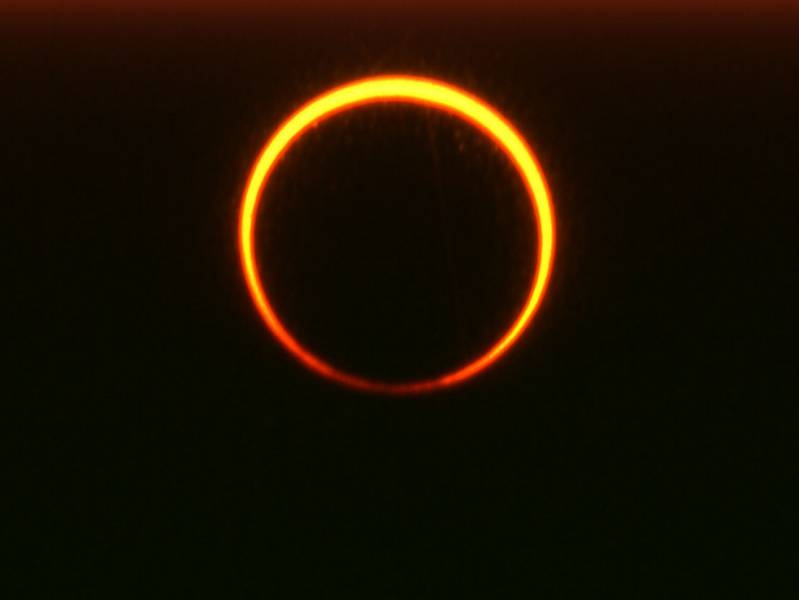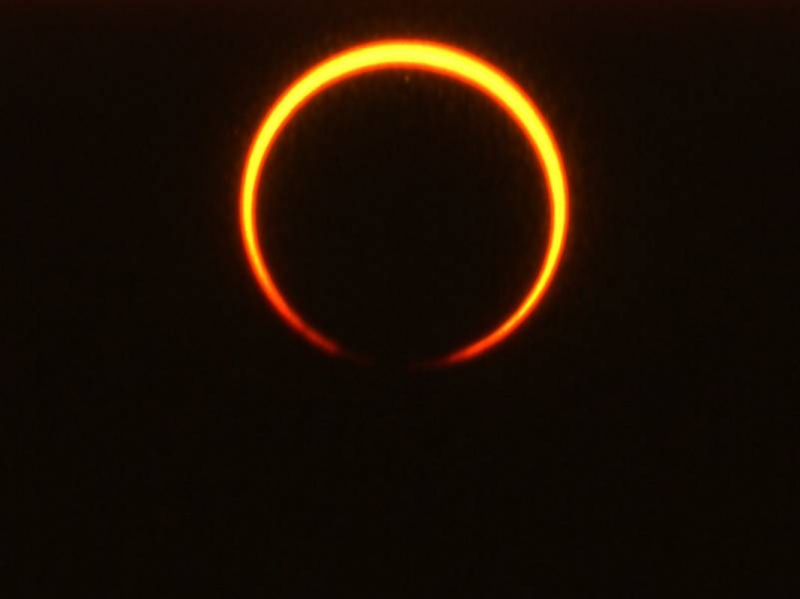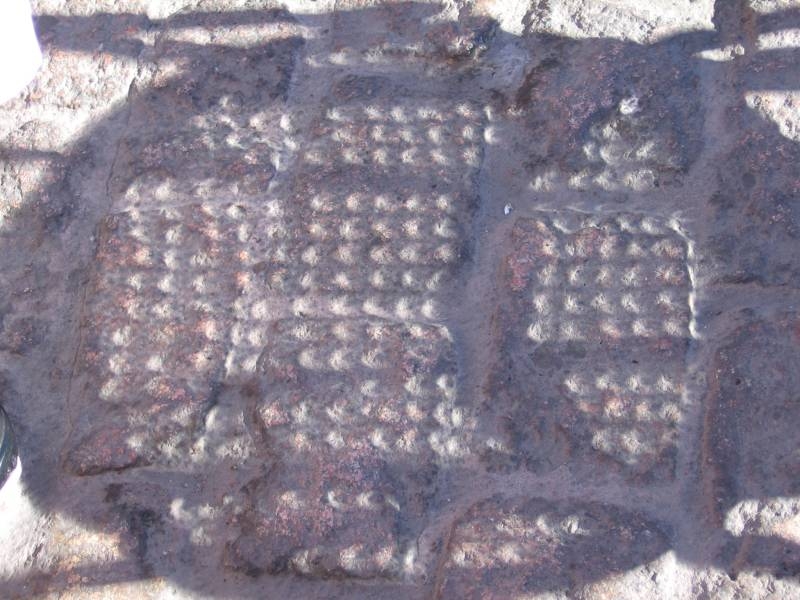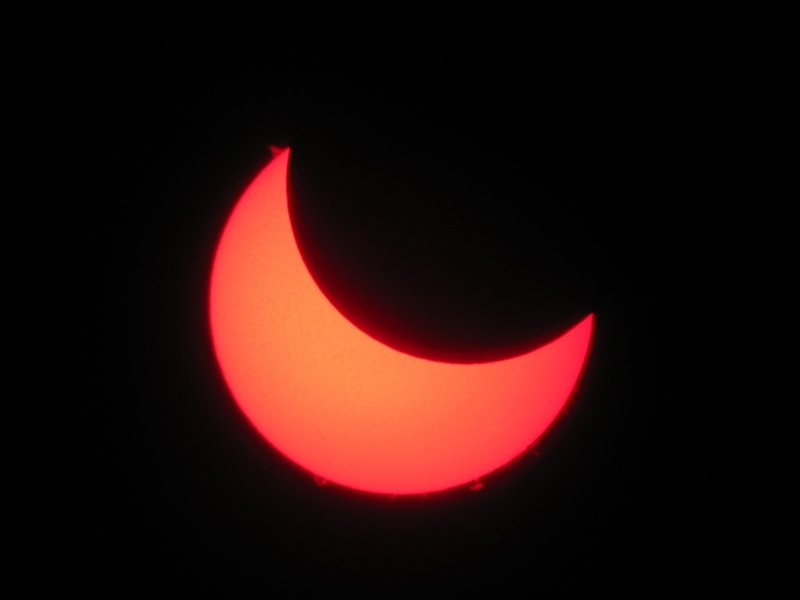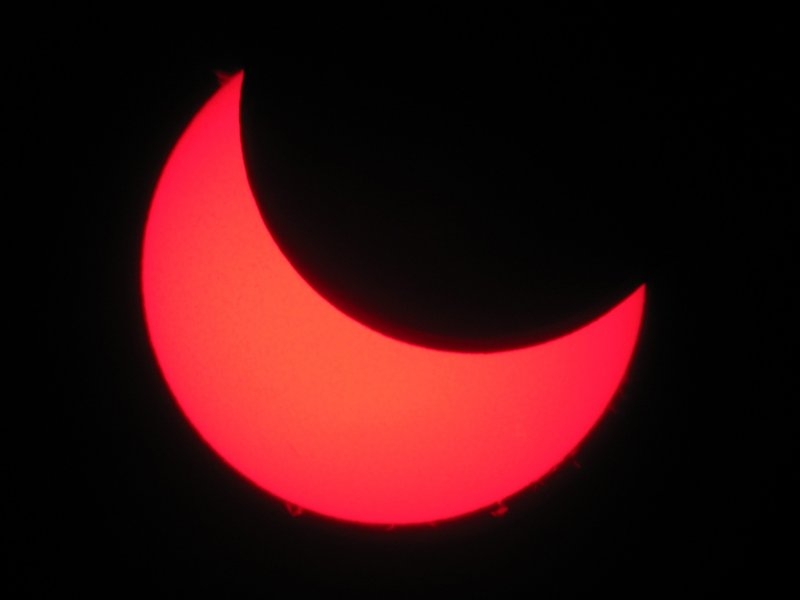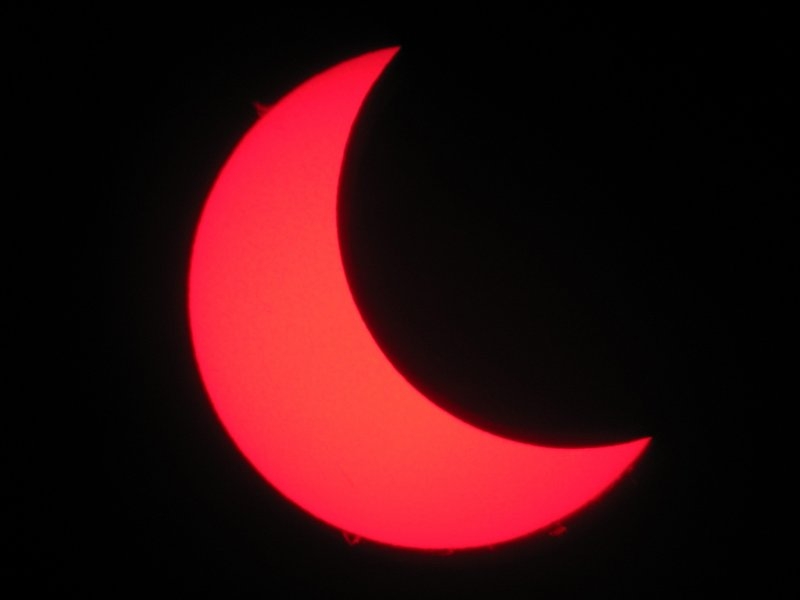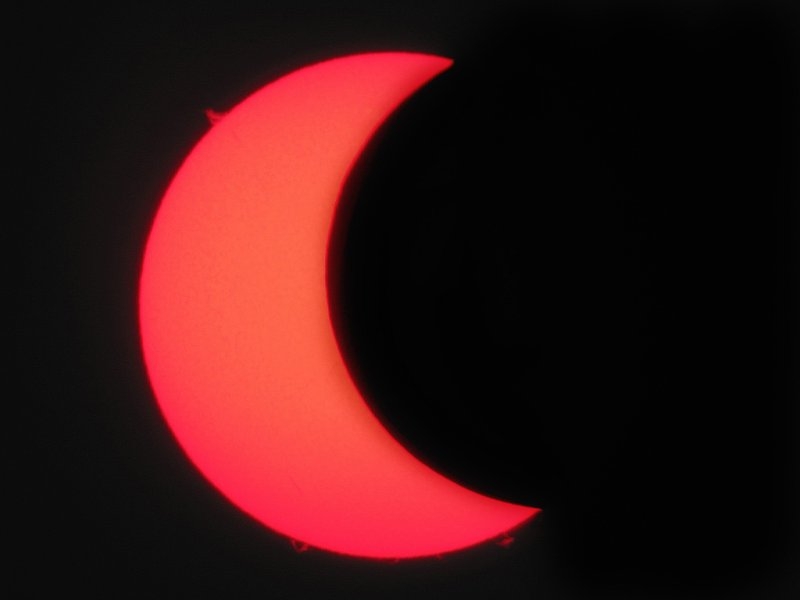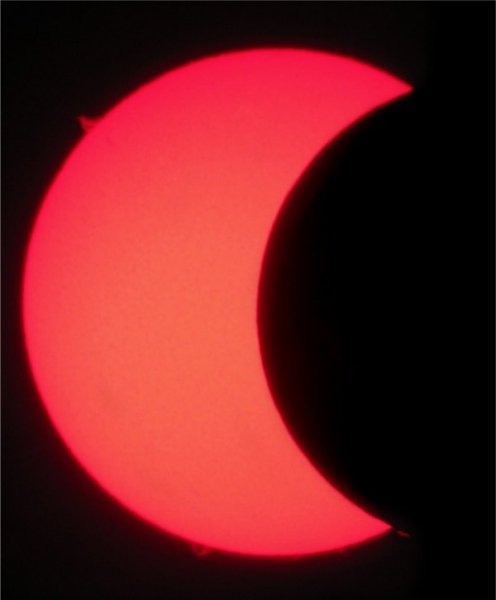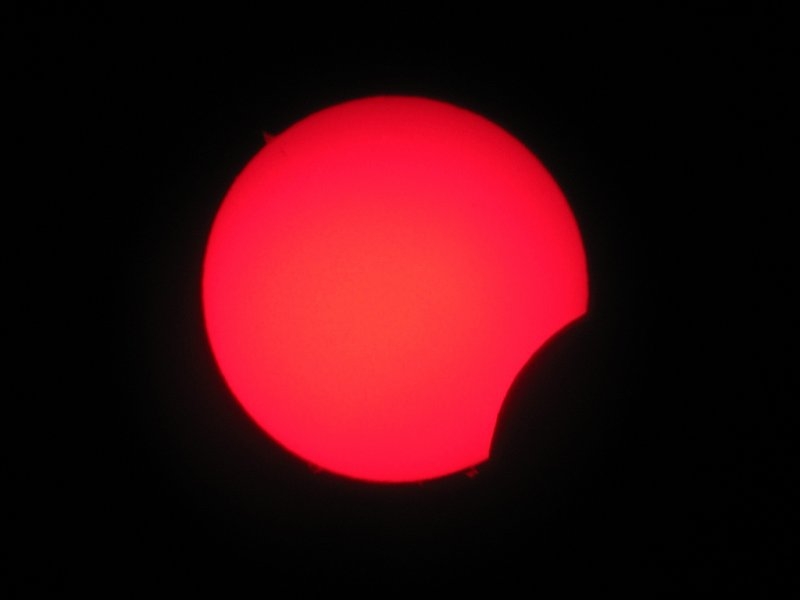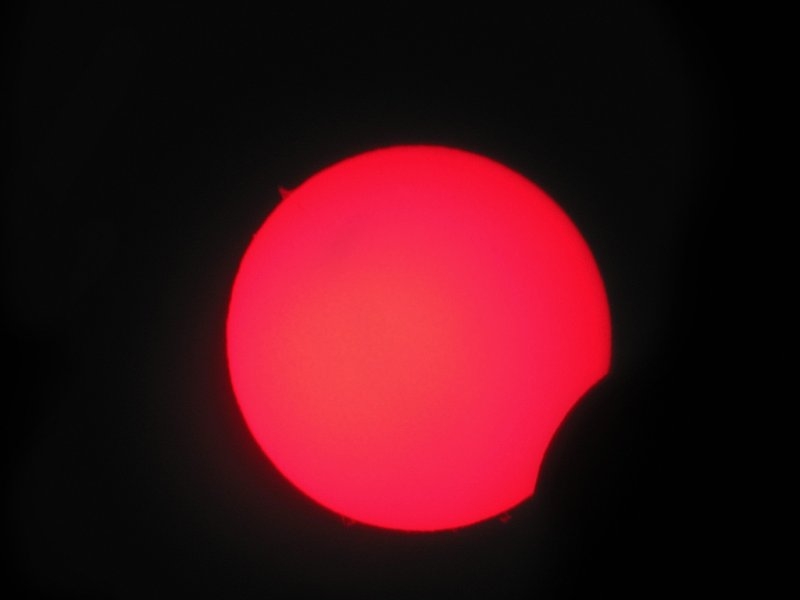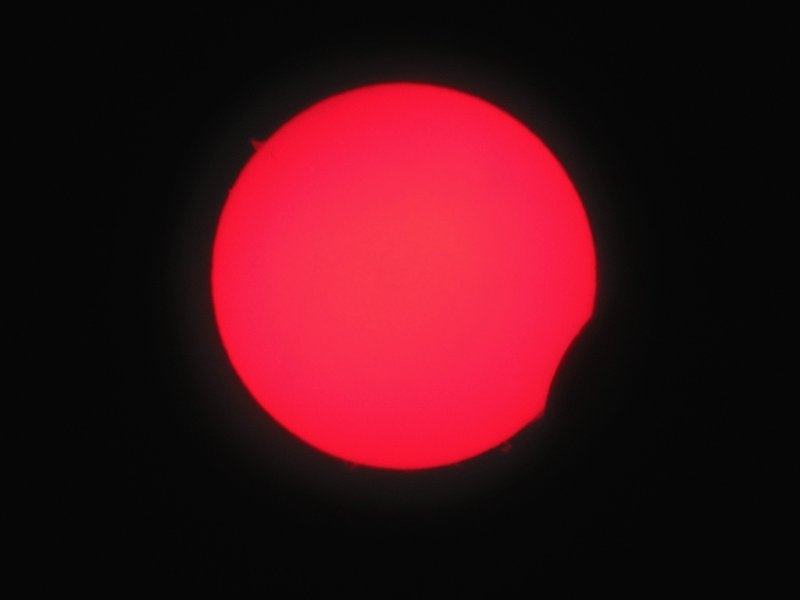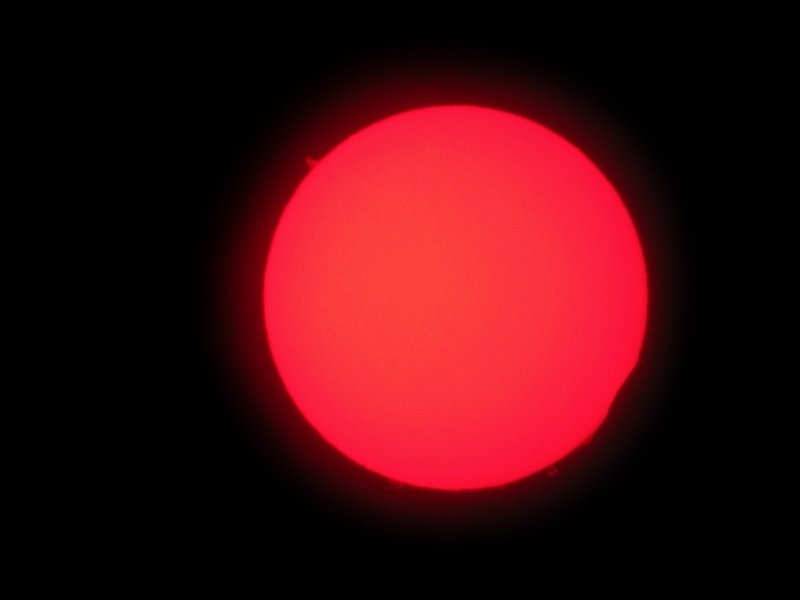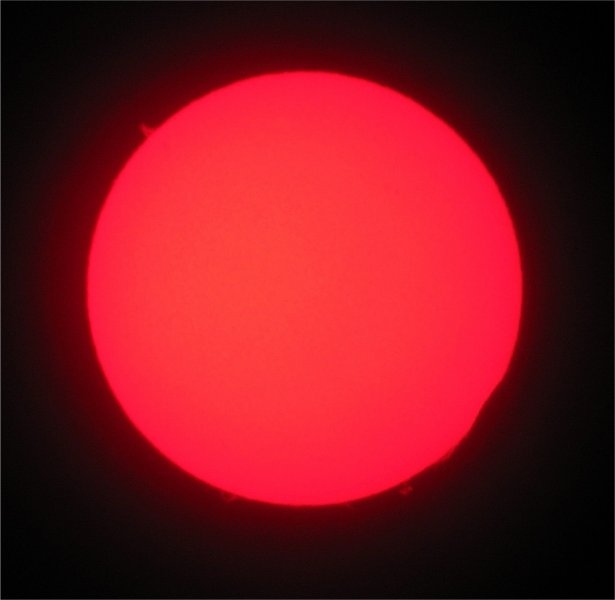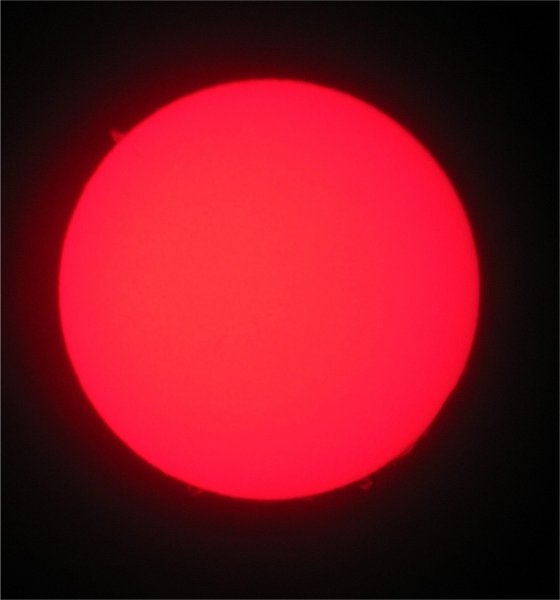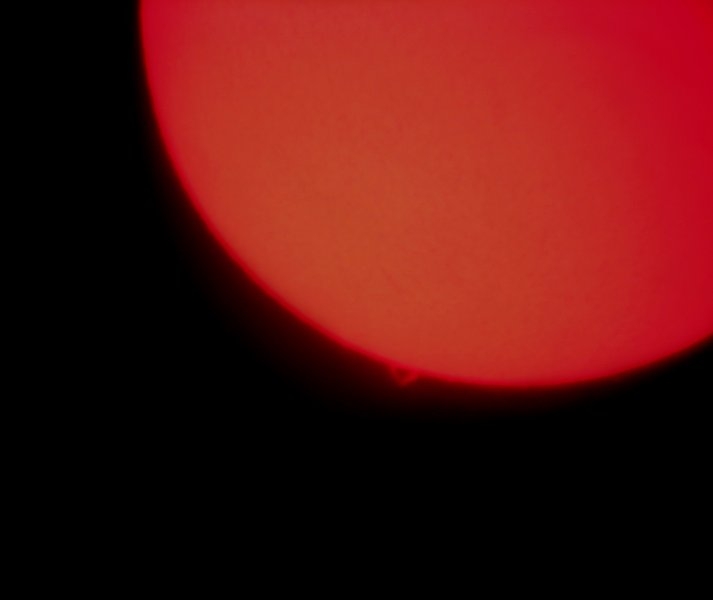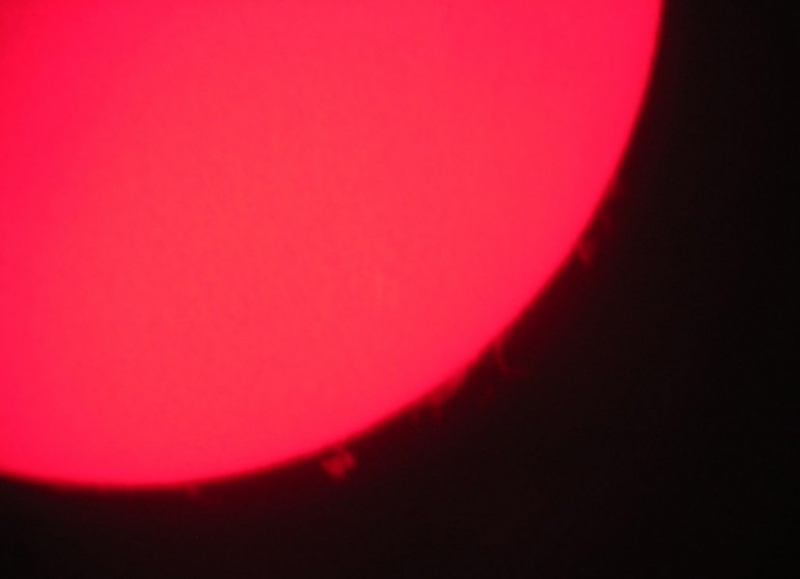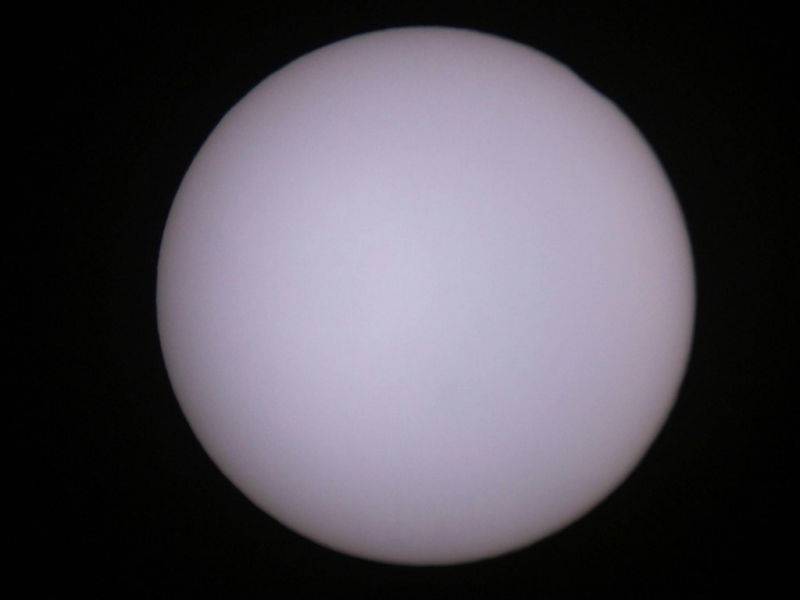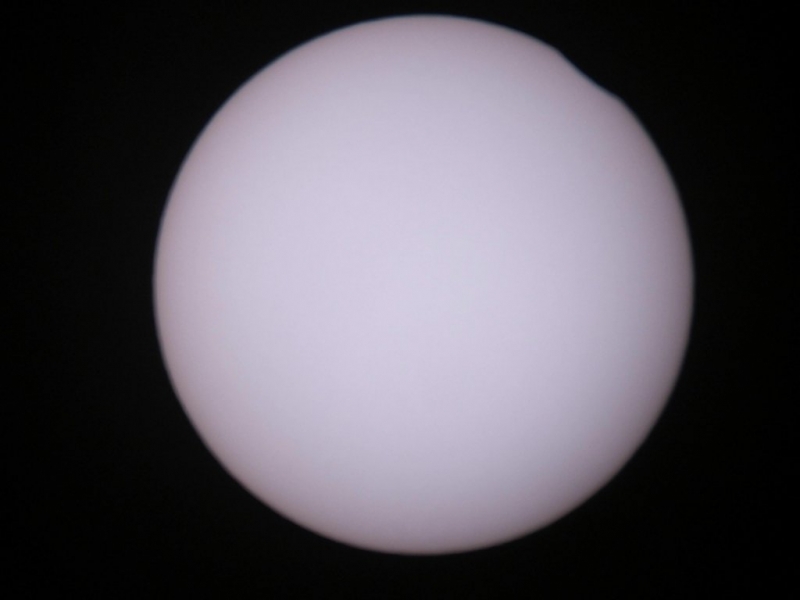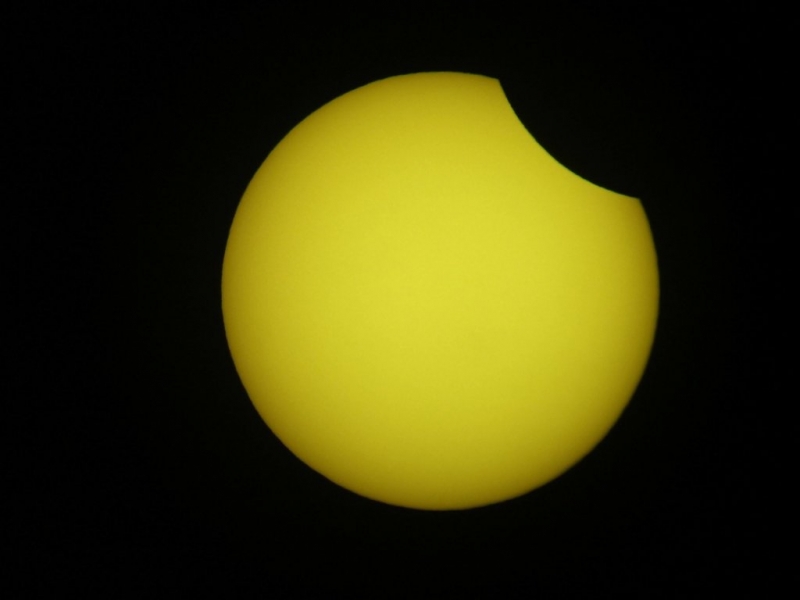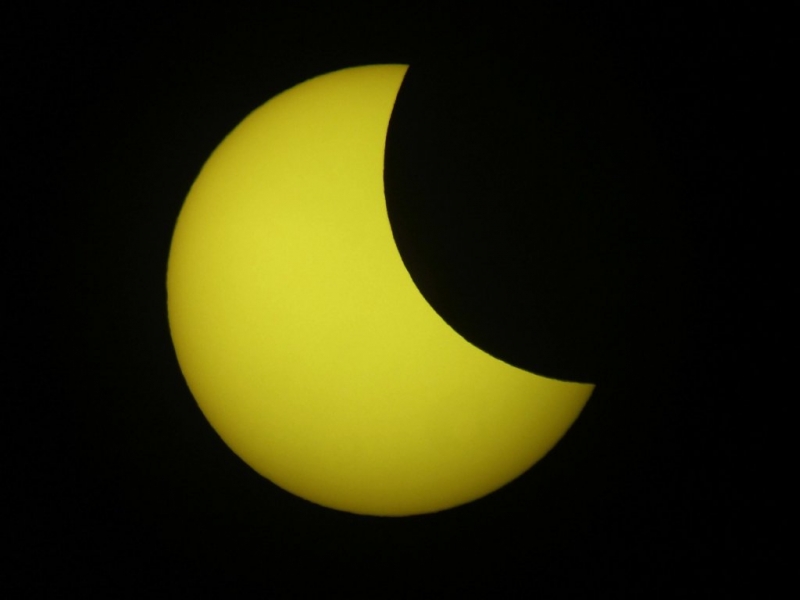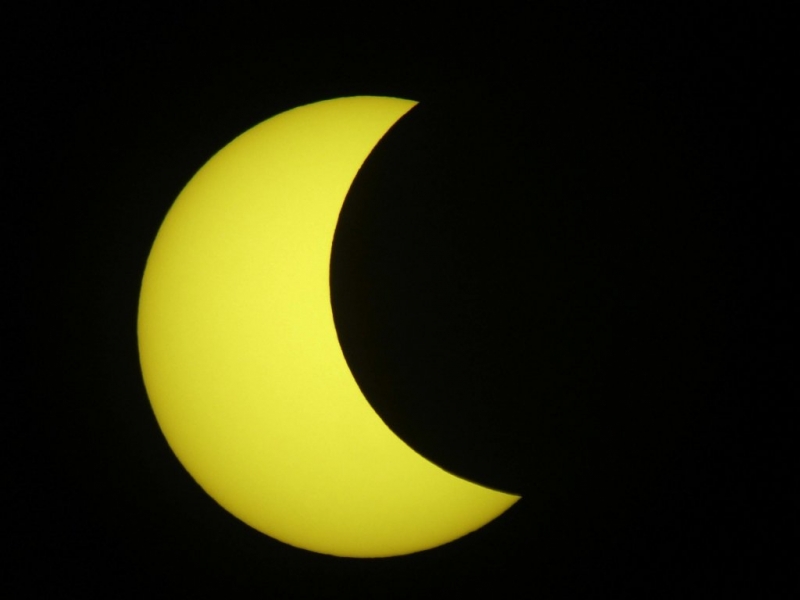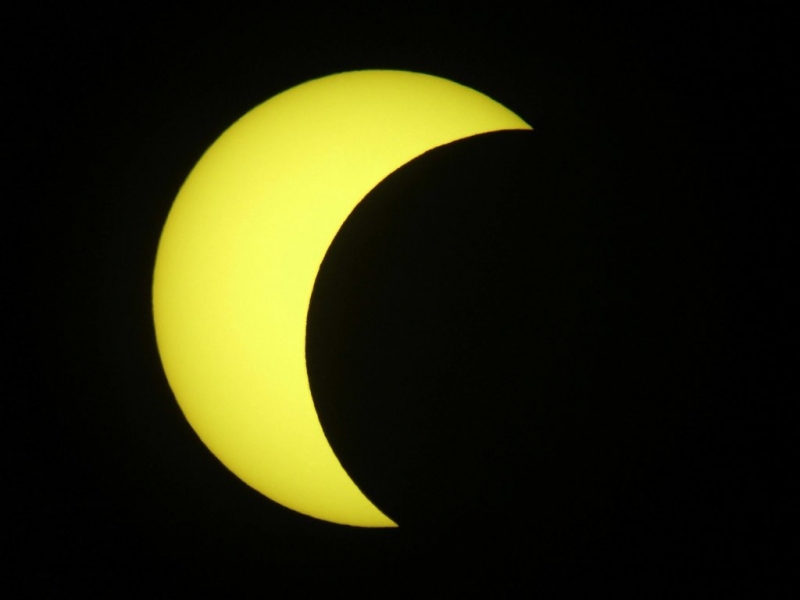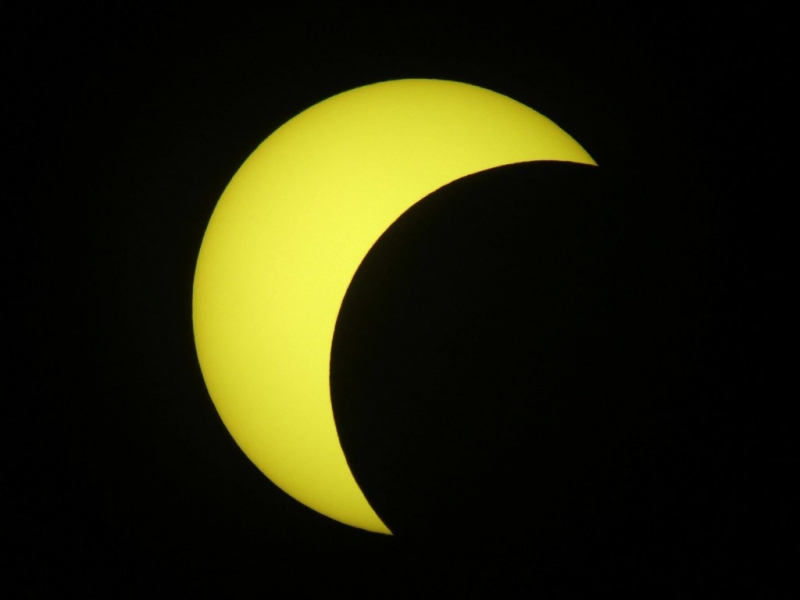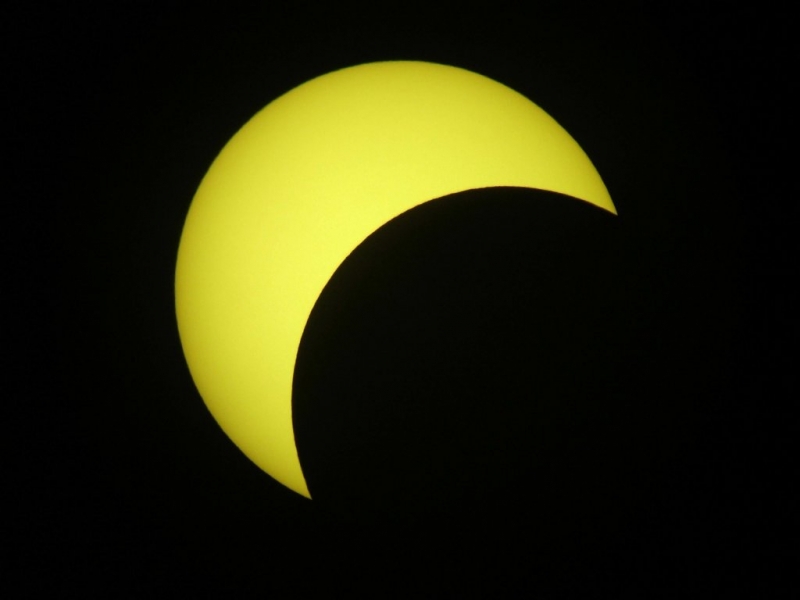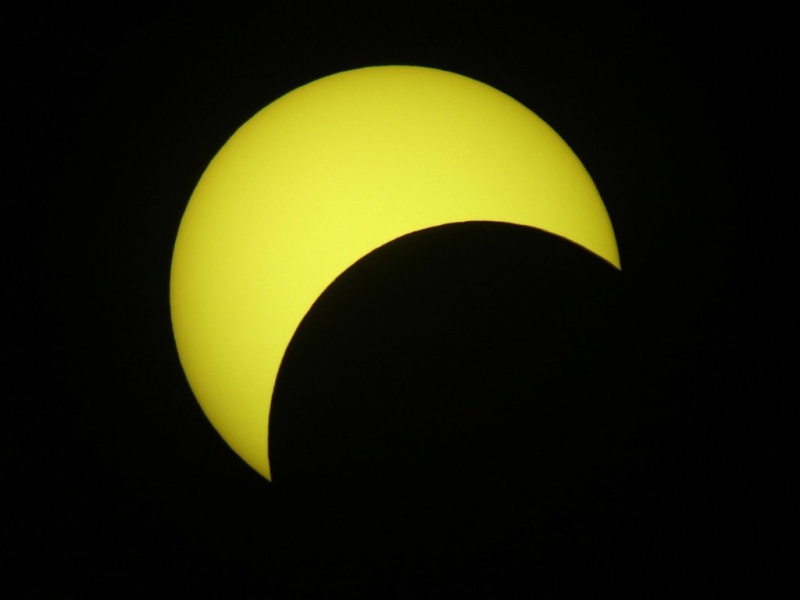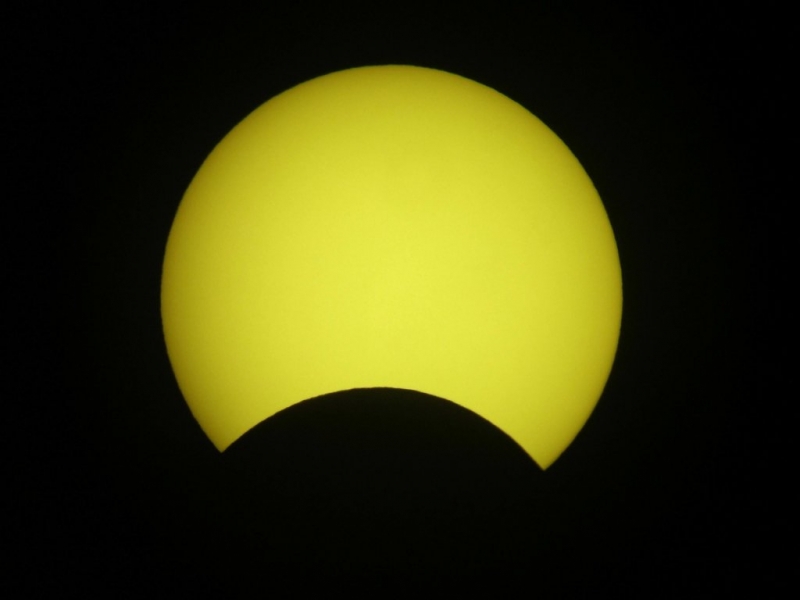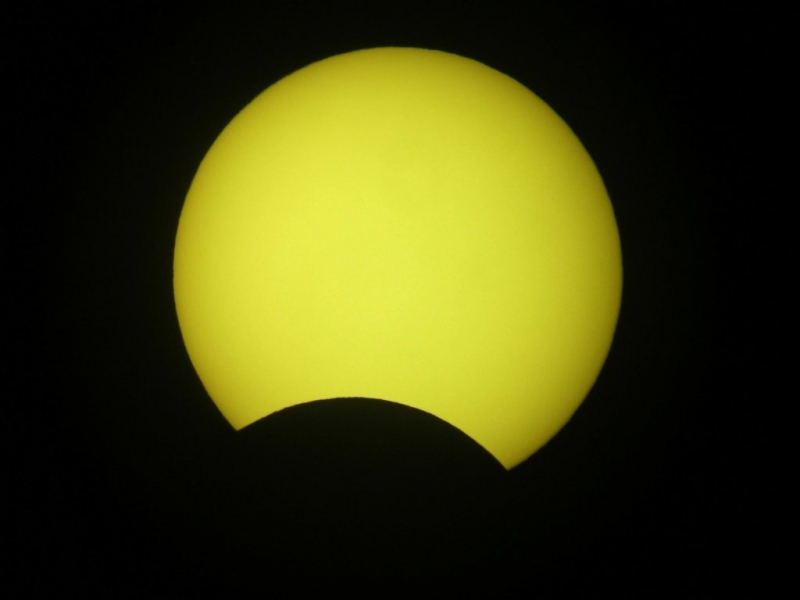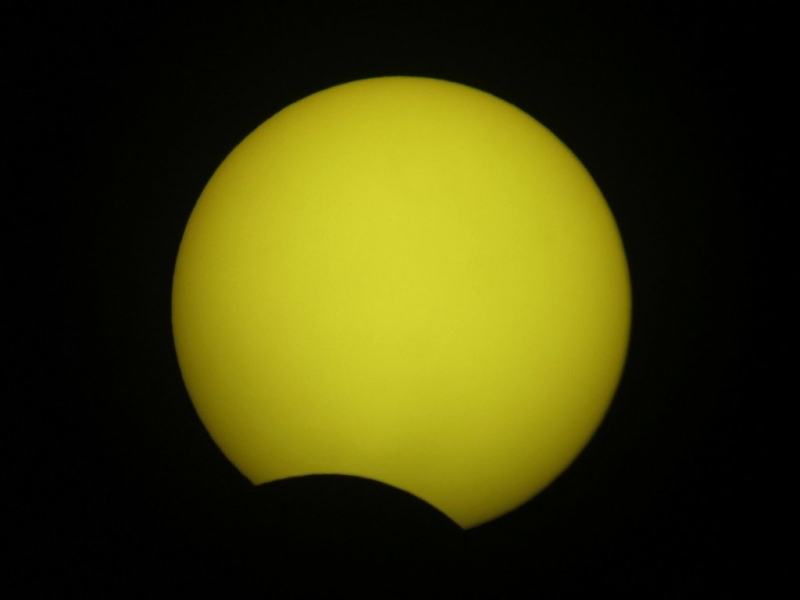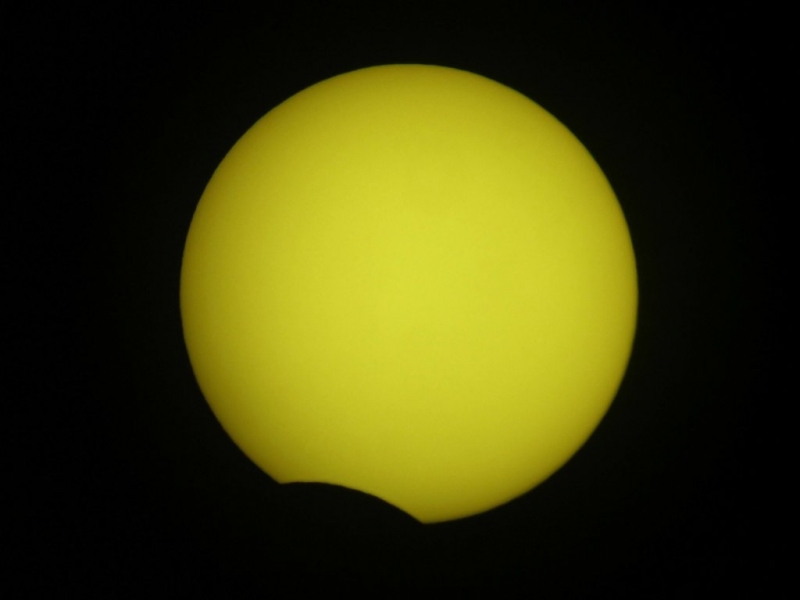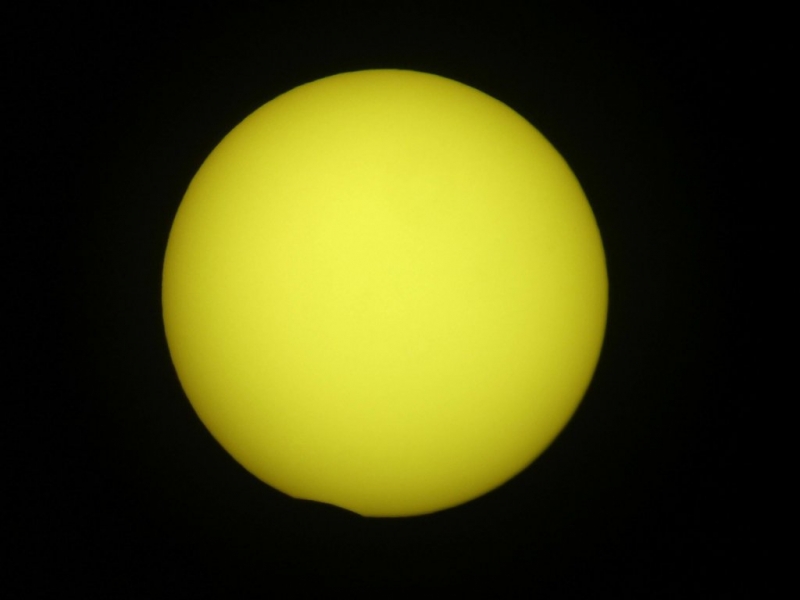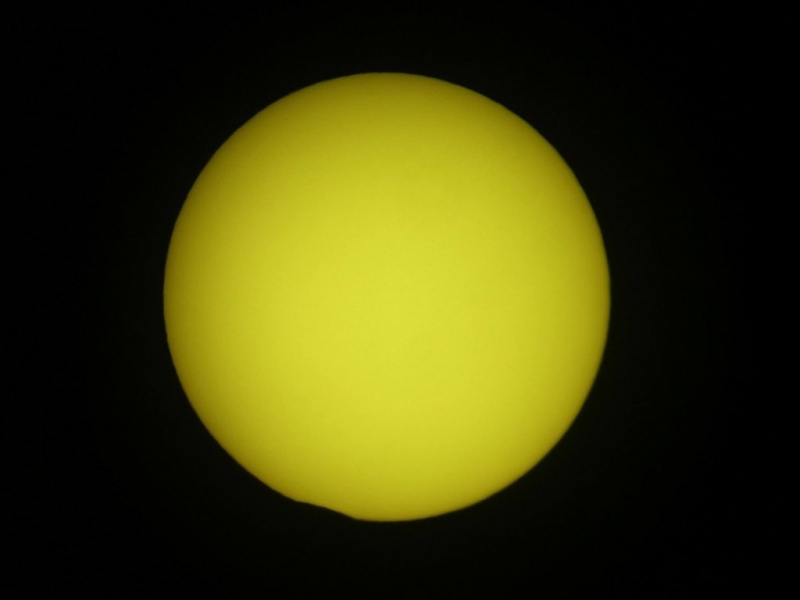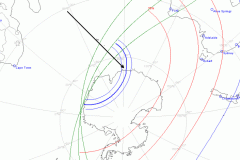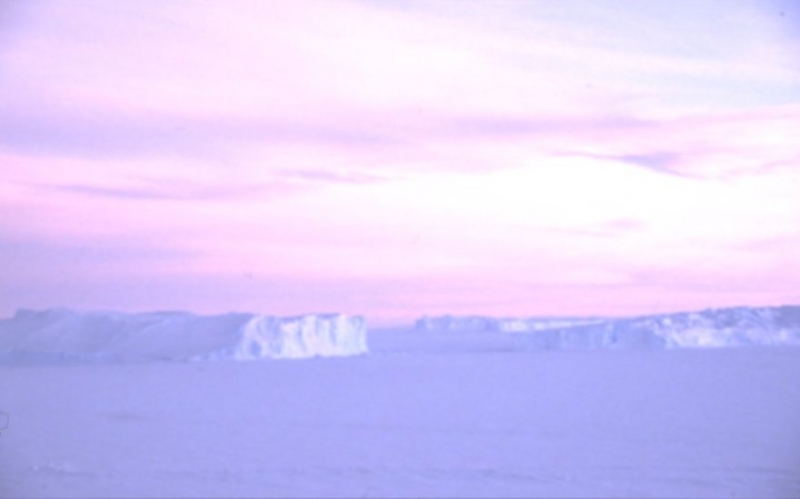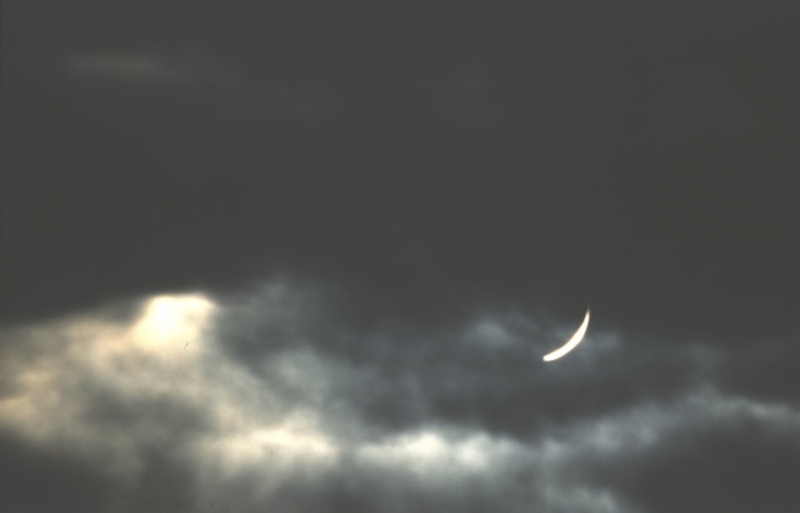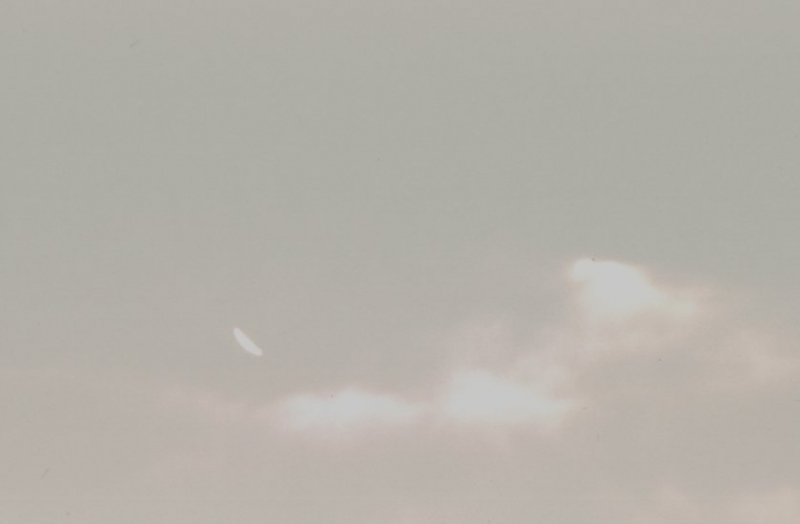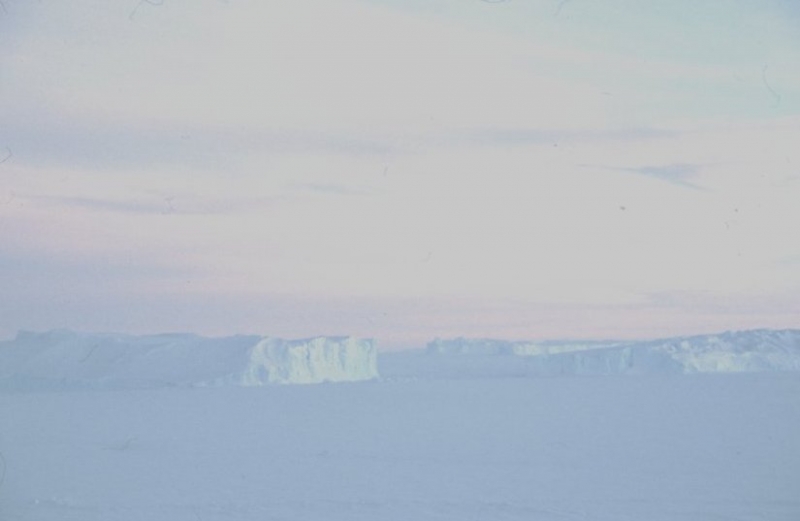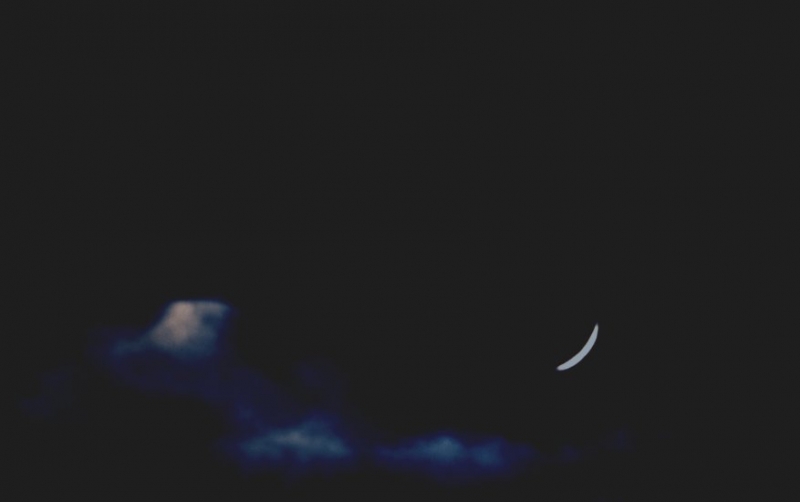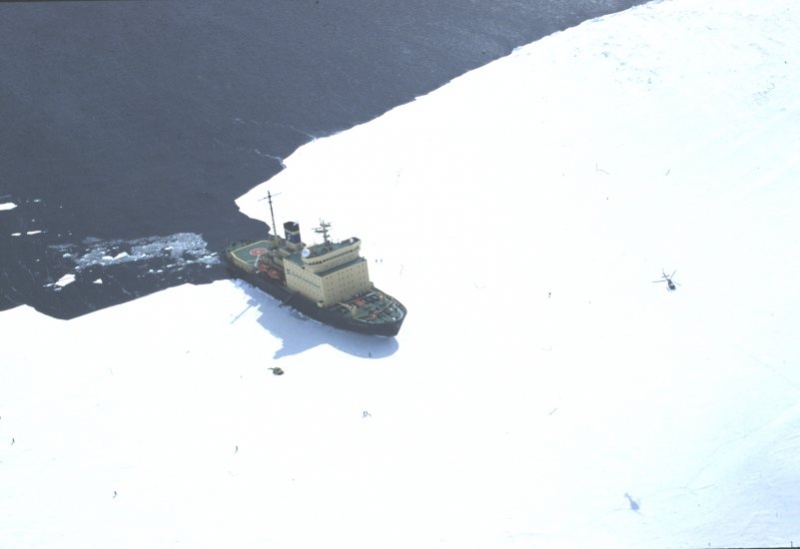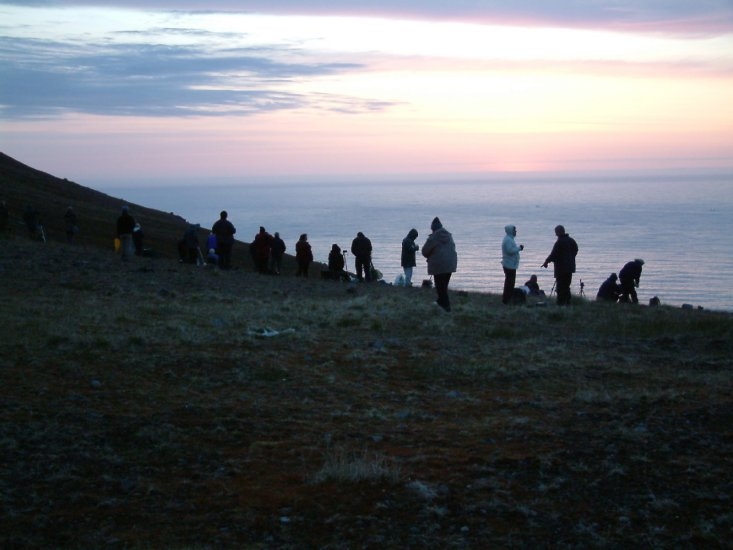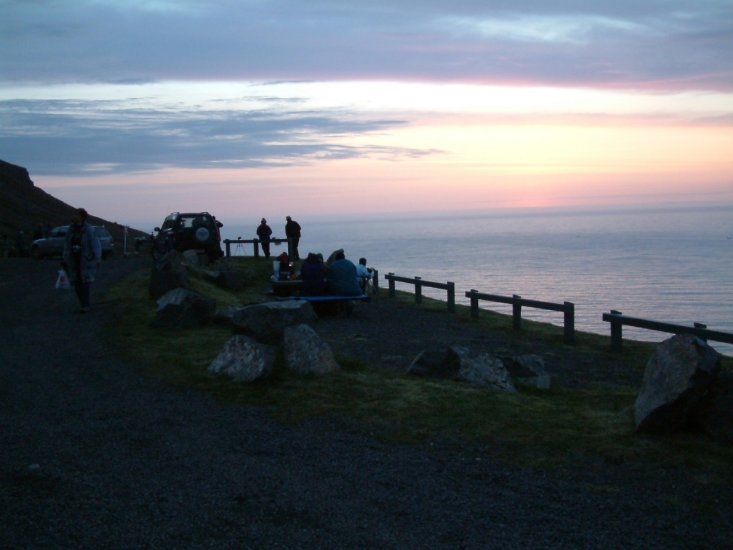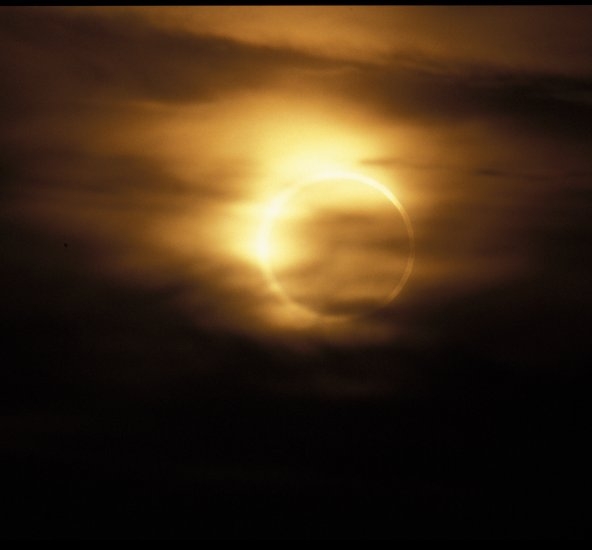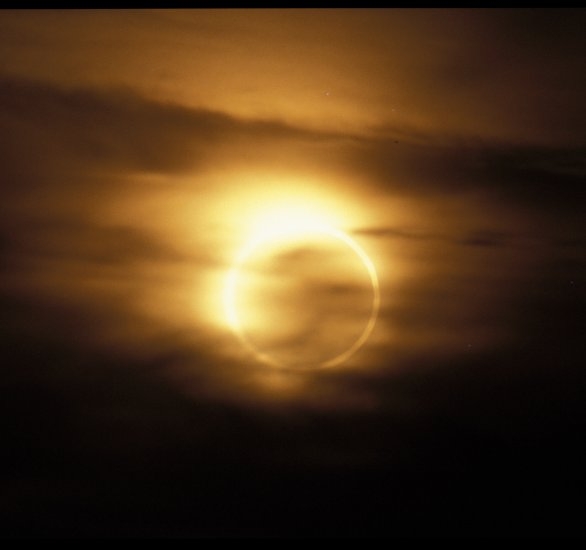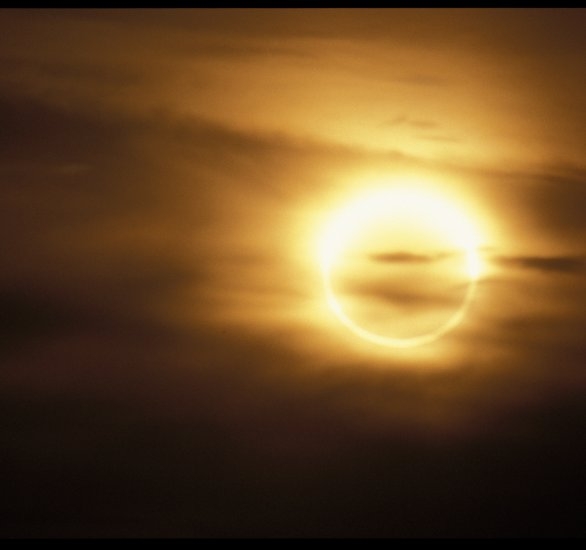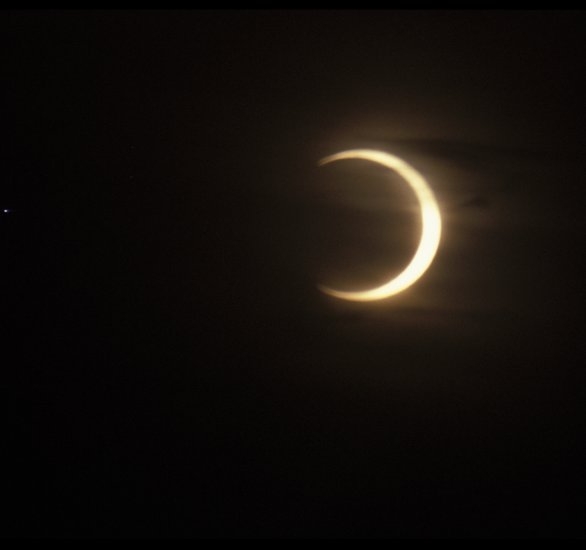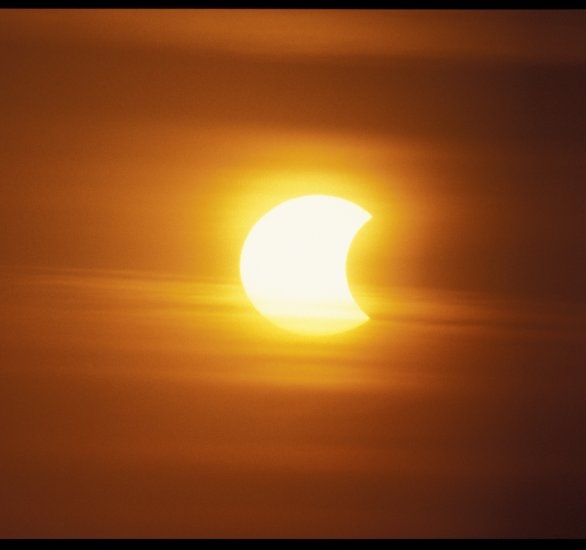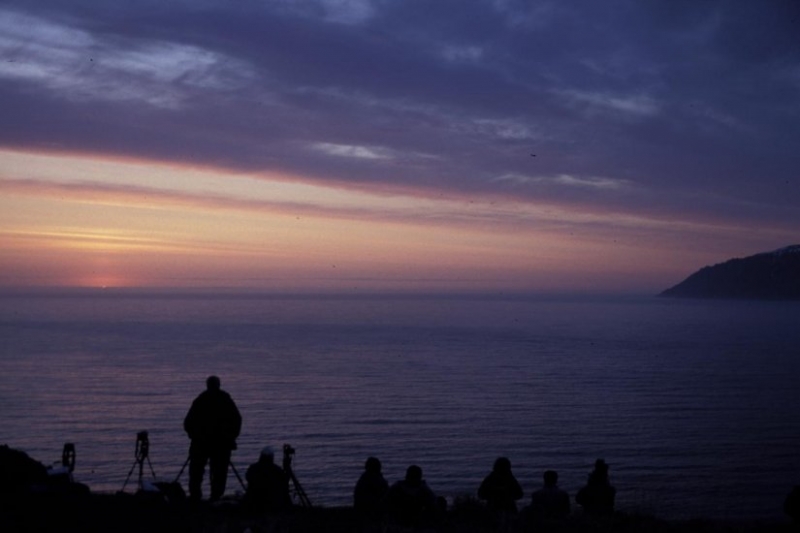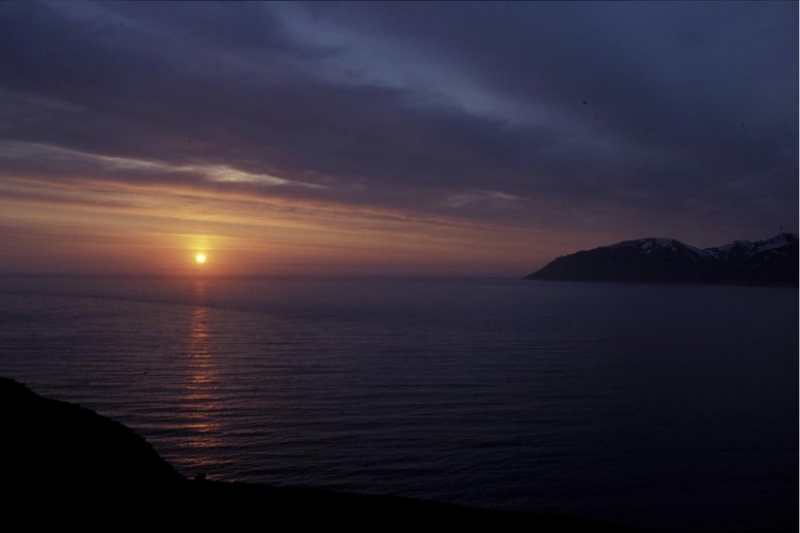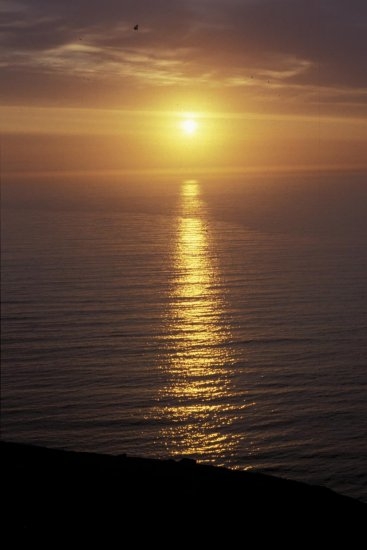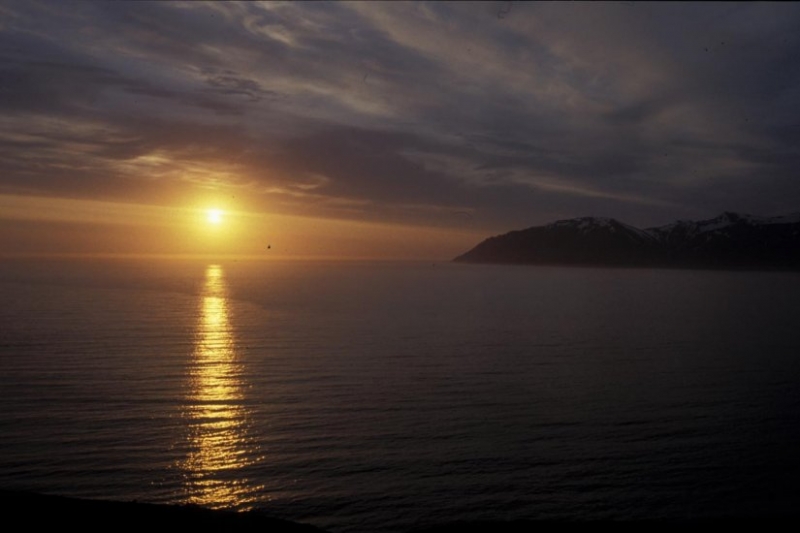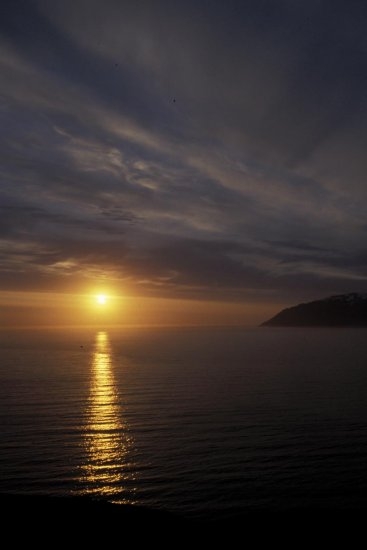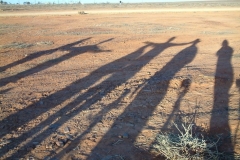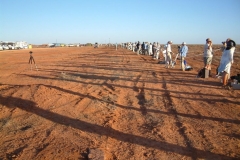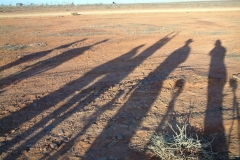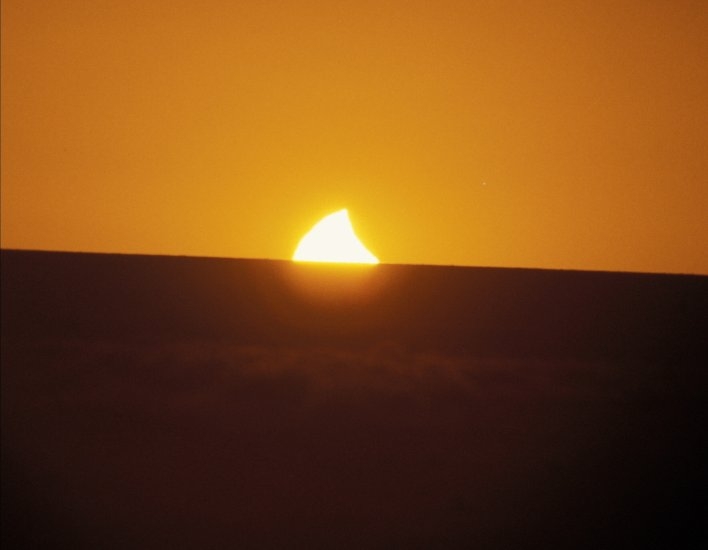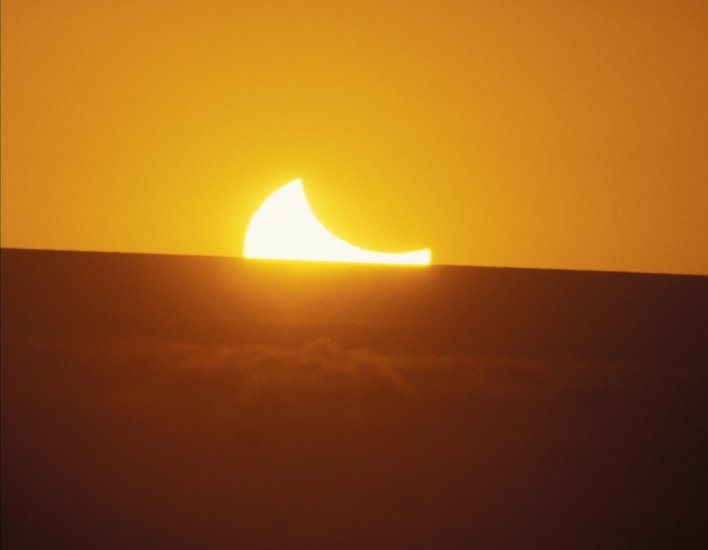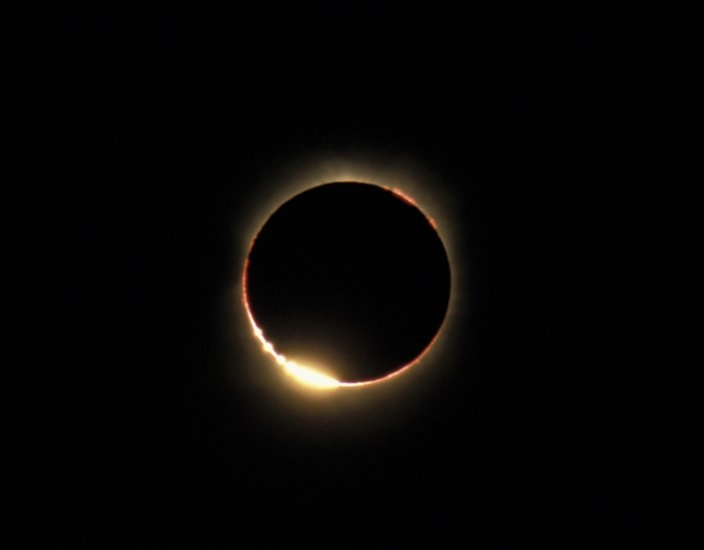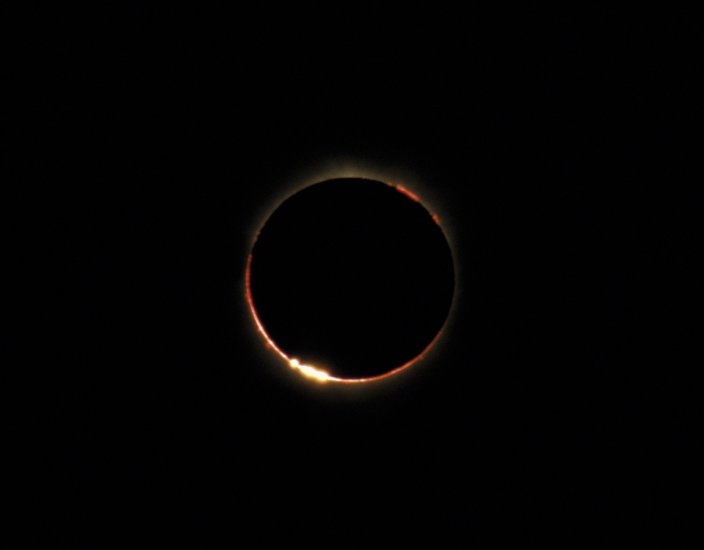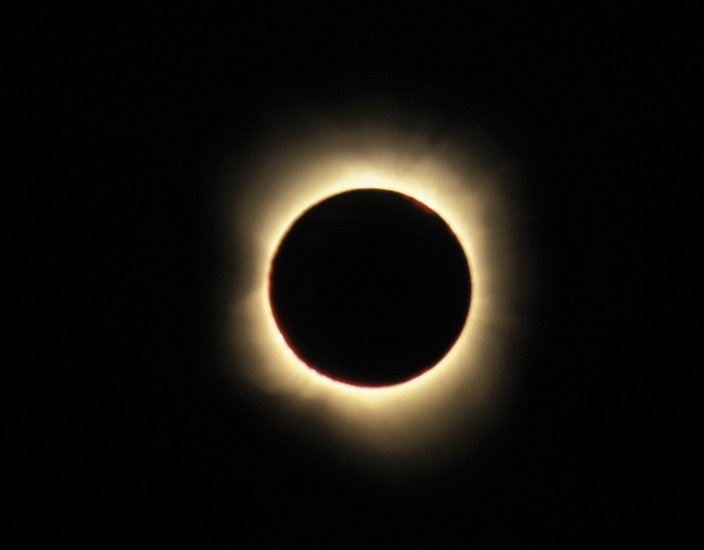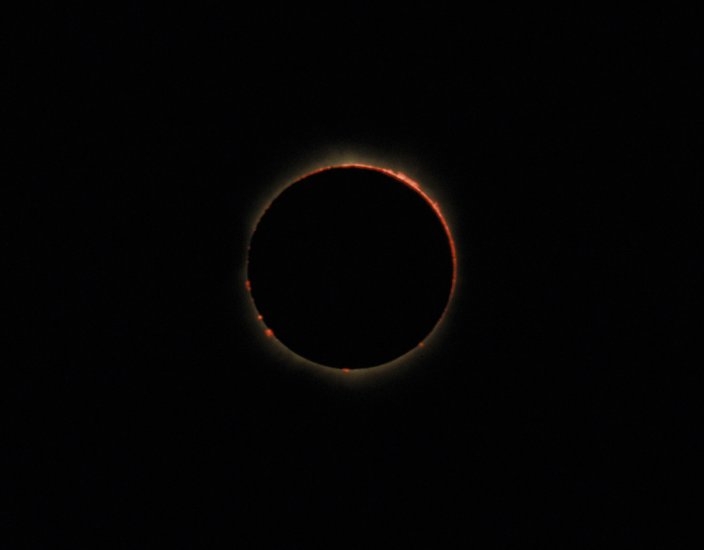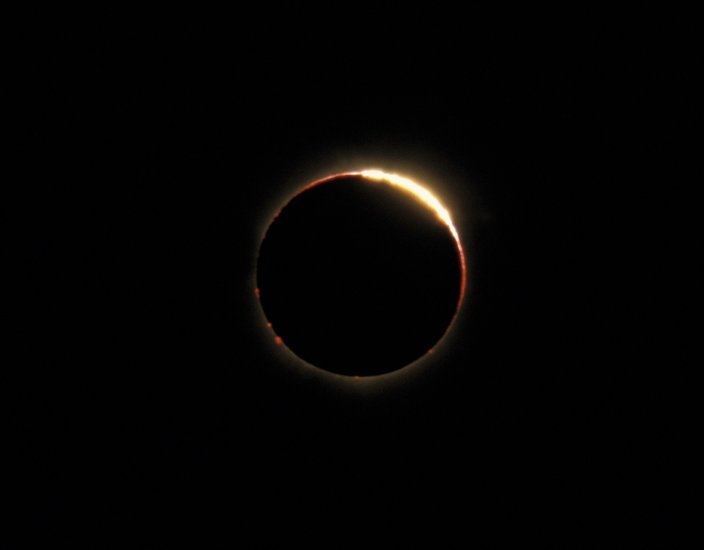Meteor Report for July 2019
As the nights start to draw in we have started to see an uplift in the number of Meteors detected. Interestingly the Perseid’s – a well known broadly dispersed shower (peaks on 13th August) were the highest proportion of meteors from known showers.
Mammatus clouds at the Pavillion
Some images from Jim showing some unusual cloud formations at the pavilion.

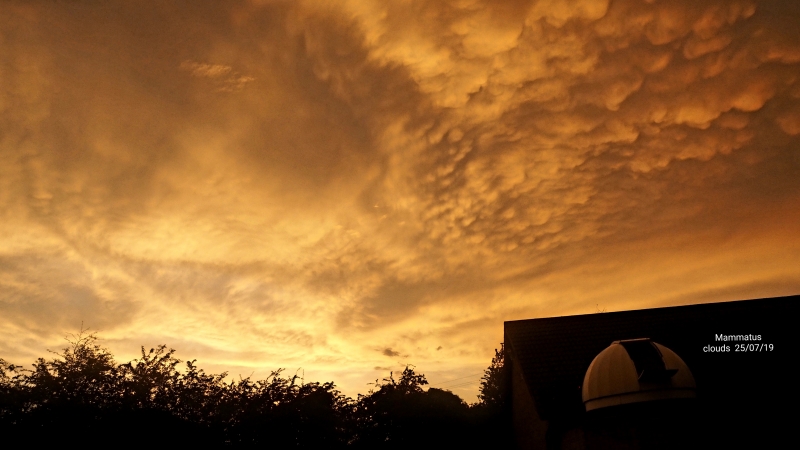
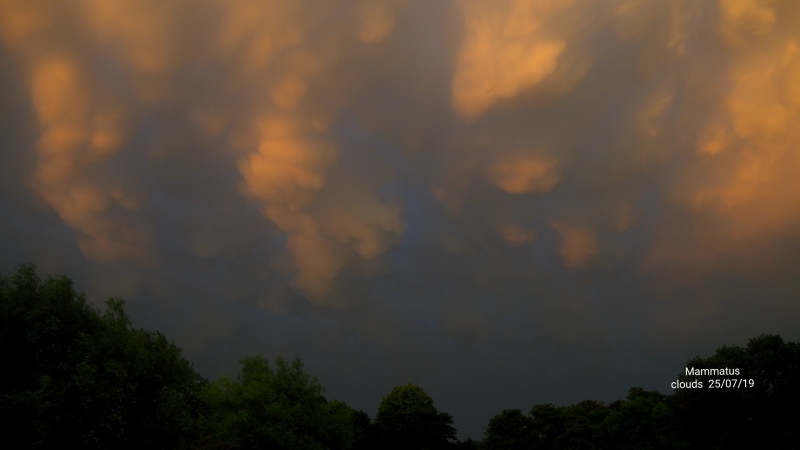
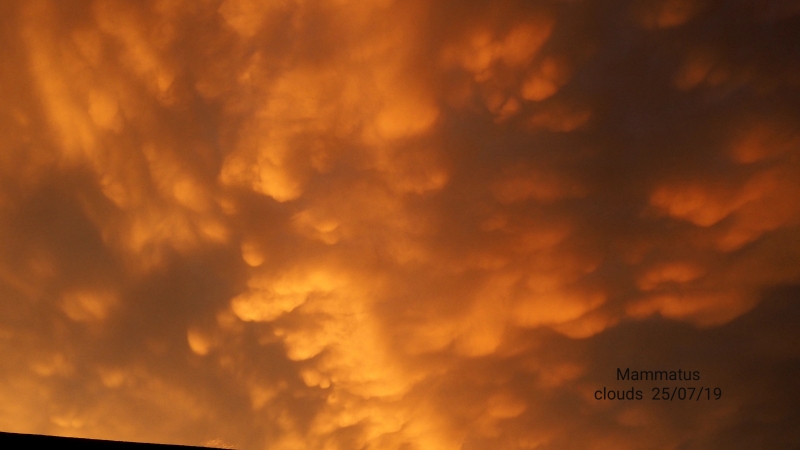
Meteor report for June 2019
A total of 11 Sporadic were identified, out of a total of 21 meteors analysed. The brightest being of magnitude -2.5
Solar Eclipse Argentina 2019
Some members travelled to Argentina to view the 2019 Solar Eclipse, images below are from Janice McClean
Meteor Detector Report for May 2019
The short nights and poor weather have conspired to reduce the number of meteors we have been able to detect, but we still managed to detect 44 meteors, 30 of them sporadic.
Observing the Moon with our new Dobs, ‘Olivia’ and ‘Isaacs’
Building Dobsonian Mounts
Members Steve and Dave with some technical support from Keith have built another two Dobsonian telescopes for the society using donated Newtonian tubes, one is a 200mm F5 Skywatcher the other a 300mm F5.3 Orion Optics.
The design is the same as the previous Dobsonian mount they presented to the society last year, which is affectionately known as Anita.
The Telescopes are equipped with a ‘push-to’ system we call ‘Dob Buddy’ which was originally presented to the society by fellow member Simon. The Dob buddy allows members using an Android or Apple mobile device, equipped with Sky Safari Pro to locate difficult to find objects in the night sky with ease.
The Plans
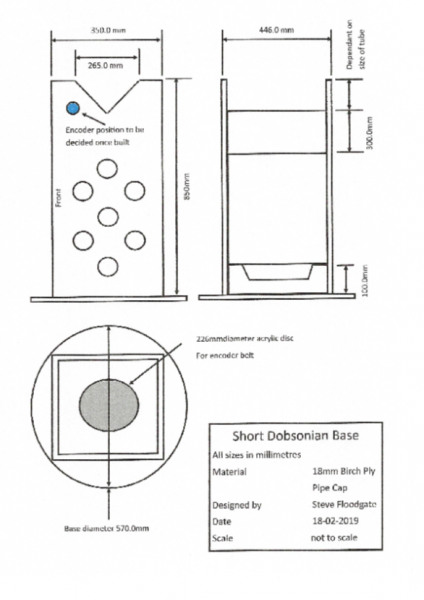


The Dob buddy system uses an Arduino with low resolution encoders couples to the mount with timing belts, this system results in a very high resolution encoder system for a fraction of the costs (the encoders are £8!), all the heavy lifting in terms of tracking the telescopes position is managed by the Sky Safari Pro software. The limitations of the Apple IOS operating system not being able to send data over Bluetooth are circumvented by providing Wi-fi access to Dob Buddy.

Two mounts were constructed from Birch faced ply. It was decided that Anita (our first Dobsonian) was a bit heavy, so the new Dob’s were put on a diet, by cutting holes in the ply.
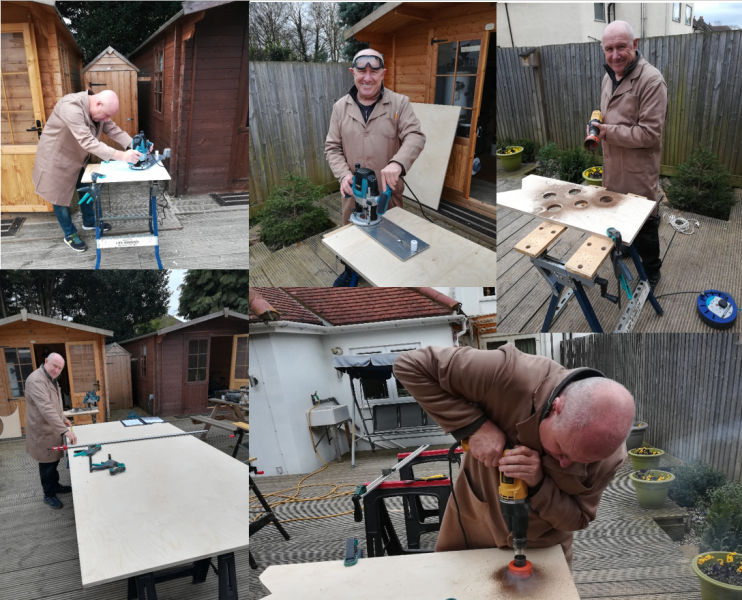
Parts ready for assembly.
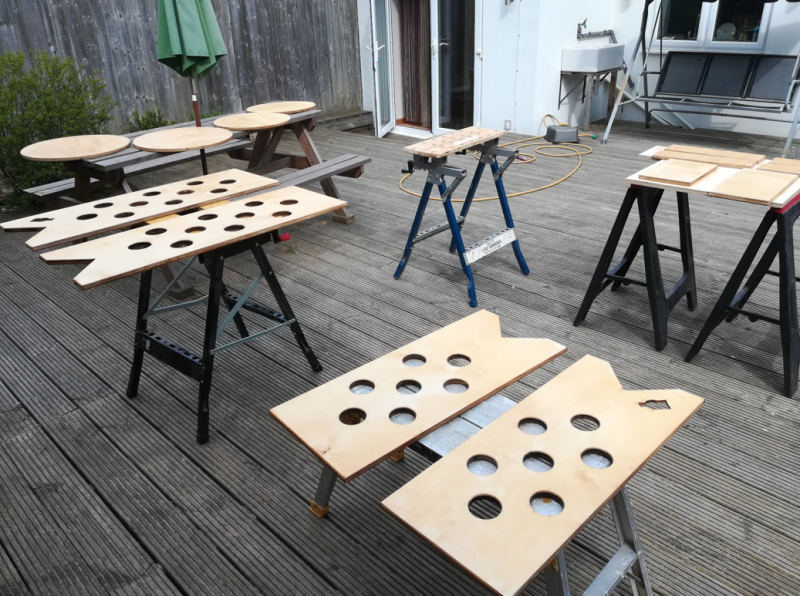
Our Dobs are named after gifted musicians, because we used their vinyl LPs as a bearing for the azimuth mount.
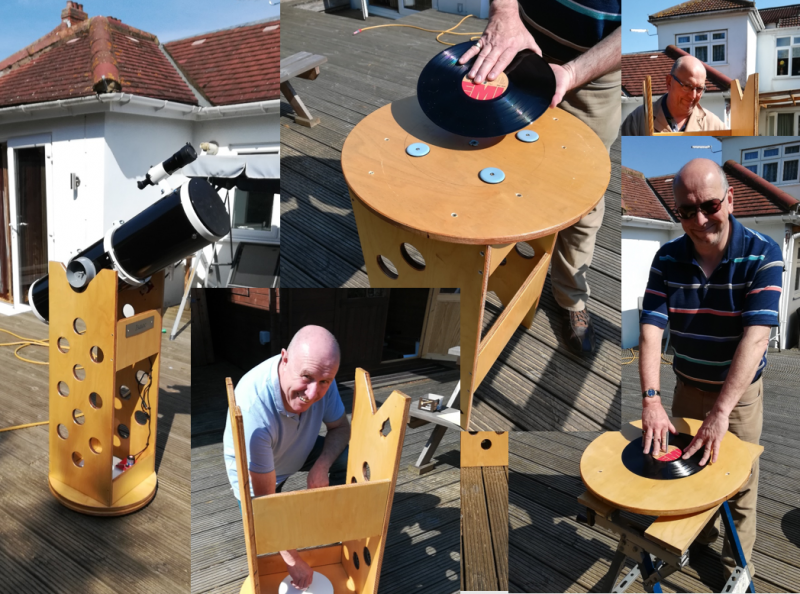
The design of the mounts for the altitude bearings was changed (compared to ‘Anita’) to again reduce weight and reuse as much as possible of the old ‘scopes.
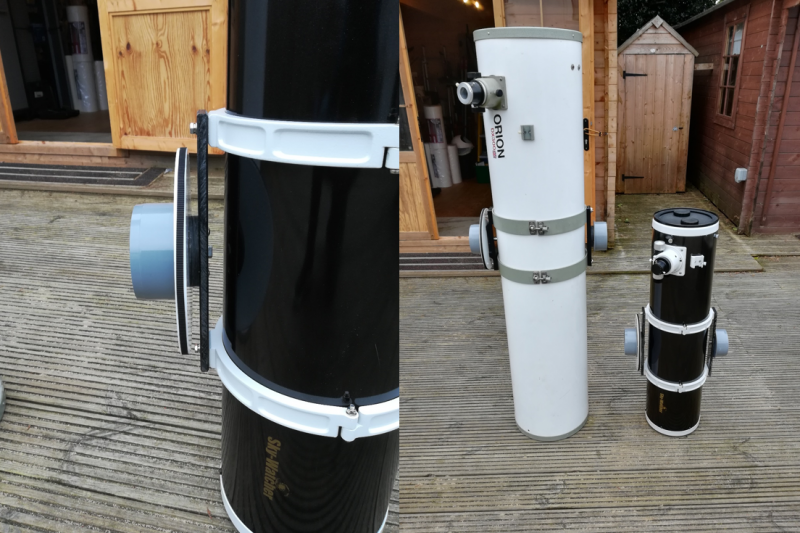 Our Dobs are named after gifted musicians, because we used their vinyl LPs as a bearing for the azimuth mount.
Our Dobs are named after gifted musicians, because we used their vinyl LPs as a bearing for the azimuth mount.
Isaac and Olivia complete.
Isaac and Olivia complete.
BAA Winchester Weekend 2022
At this years 2022 BAA Winchester weekend members Steve Floodgate and Dave Grist presented an update about their experiences of building Dobsonian telescopes for the society. Below is a link that you can click on to download a PDF version of the PowerPoint presentation they used at the event.
First Light with a new CCD on RS Boo
Meteor Report for 2019-04
Double Star Measurements with a Meade 12mm Astrometric Eyepiece in 2018
Neil Webster, St Marys Platt, Kent
e-mail: ******@gmail.com
Introduction
The following measurements were made throughout 2018 using a Meade 12mm astrometric illuminated reticle eyepiece plus 2.5x powermate attached to an Altair Astro 115mm refractor (focal length 805mm, f7). The total magnification was 167.5x with a field of view of 0.3 degrees.
Fewer measurements were made this year due to relocation which finally happened at the end of February. Serious observing, measuring and imaging did not begin until the middle of April. Although St Marys Platt is a much darker site than Bromley measurements are still limited to 8.5 magnitude due to the red light in the eyepiece. However, a Southerly aspect is now available so many of the measurements are of systems previously unavailable.
Lecture by Dr Matt Smith
A big thank you to Dr Matt Smith for coming all the way from Cardiff to speak to us. Matt spoke to the Society about Galaxies, the Interstellar Medium and Black holes, including the most recent image of a black hole, during the talk Matt demonstrated how they can all be observed in both the optical and infrared wavelengths of light as these photos show.
Observing Evening 2019-04-18
Thursday, 2019-04-18 was an informal observing evening and whilst not ideal with an almost full Moon, we had lots of telescopes out and other members learning how to use the Peter Hindle Telescope.

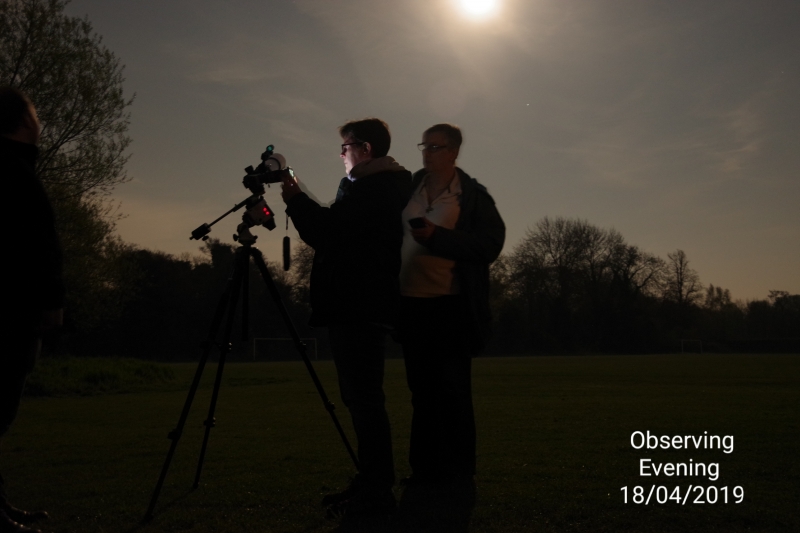
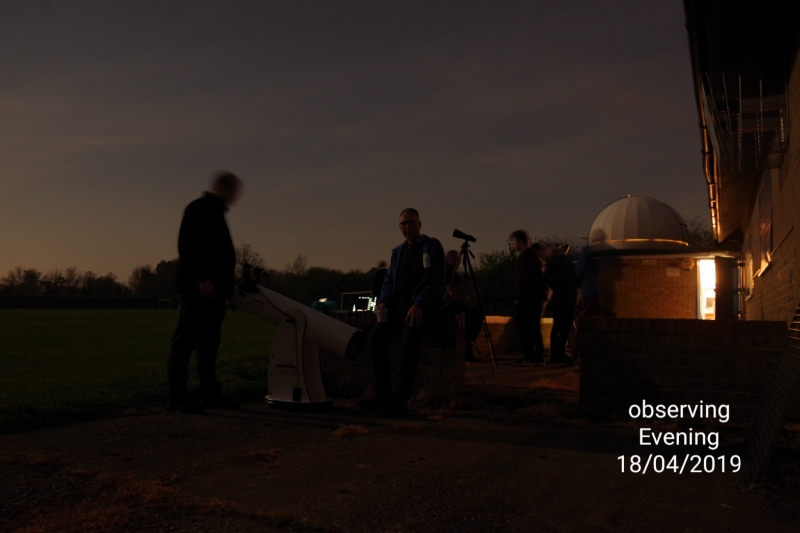
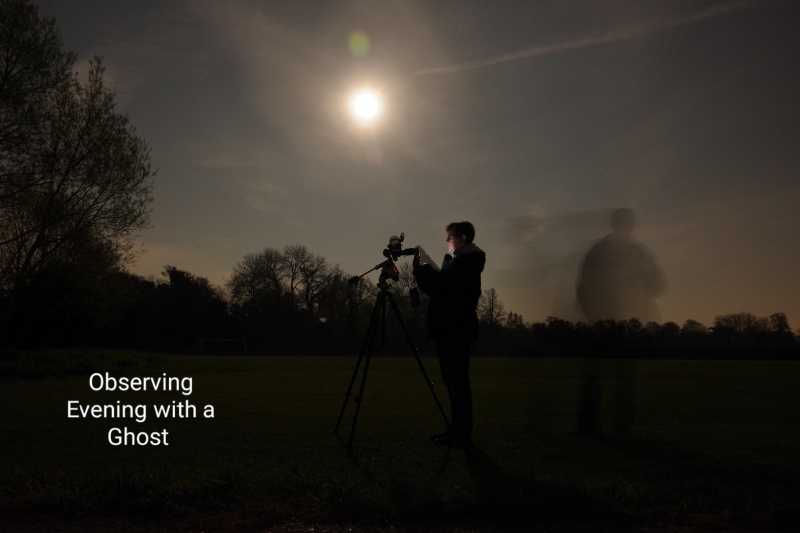
The Pleiades, Mars and the California Nebula
In April 2019 Mars was close to M45 (the Pleiades) and NGC 1499 and this coincided with the Kelling Heath Star Party. Unfortunately at this time of year Taurus is very low, setting in the late evening making this a difficult object to image, my attempts to stack and then process with Deep Sky Stacker were hopeless, so I turned to Astro Pixel Processor (using a 30 day free trial) which has a very easy to use light pollution killer, this allowed me to remove the gradient that resulted from the very low elevation and trees that crept into the field.
Total exposure is 84 minutes, from 30s subs. Tracking was achieved with an iOptron Star tracker, camera was a Canon 600D with a full spectrum mod and a CLSCCD clip-in filter.
Occultation of the Beehive by the Moon
Kelling Heath Star Party Spring 2019
4 Members and 2 ex-Members travelled to the Kelling Heath Star Party, this star party has notoriously poor weather, but on this occasion we were blessed with reasonable views on Wednesday night and clear skies from dusk ’till dawn on Thursday Night, Friday Morning.
Many, many objects were observed with Keith’s 10″ Dobsonian and Simon’s 12″ Truss Dobsonian, Julian and another Simon both allowed us to view objects with their 20″ Dob’s.
Apparently the food was epic…
Auriga
no images were found
Camp Site
Mist on Sunday
BAA Winchester Weekend 2019
Meteor Report for March 2019
Meteor Camera Results for February 2019
100 meteors were detected by the meteor group in February 2019, 70 of these were sporadic and the remainder from minor showers.
Observing Evening 2019-02-21
We had a clear night on Thursday 21st February 2019, and before the Moon rose a few members had a go at the Orion Star Count, showing the diversity of eyesight and experience in our group.
The moon rose above the trees as a golden gibbous Moon and some of our group took to observing it with one of the Societies telescopes, affectionately known as Anita.
On the right is an image from Honor Wheeler taken through Anita, a Fuller Scopes 8″ F8 recently converted to a Dobsonian by a couple of our members.
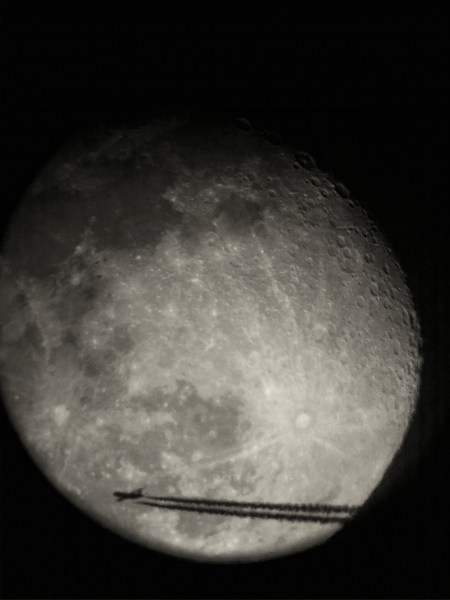
Other members were experimenting with the new CCD camera purchased by the society for the Peter Hindle telescope, a 16″ LX200, using the F3.3 focal reducer we got a wide field view of the Orion nebula (M42) and M1 the Crab nebula.
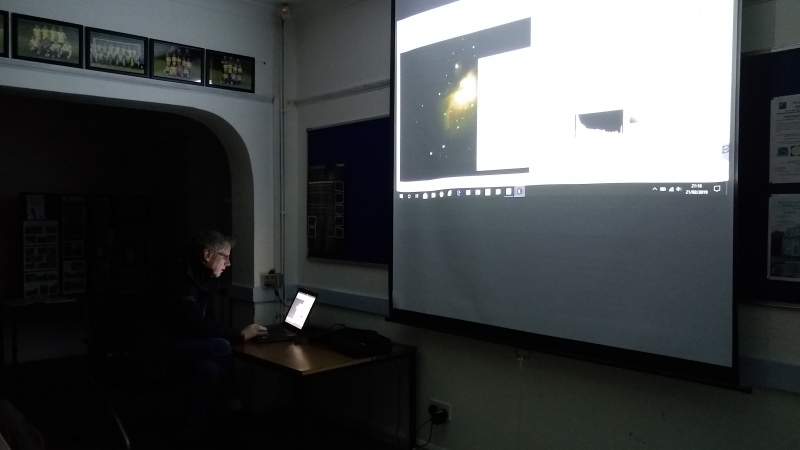
Another member, Leigh Slomer, was experimenting with his Skywatcher Star Adventurer, DSLR and a 70-200mm zoom to capture images of M42.

Meteor Repoprt for January 2019
A cloudy January resulted in a small number of meteors detected, 97 in total, most sporadic, but we did detect 20 Quadrantid’s and identified meteors from 17 different showers.
If you want to join in and help with the observations please contact Janice.
The Moon, Venus and Jupiter in the morning sky
We were treated with some lovely clear skies in the mornings of January 2019 and members were able to capture a few images of the conjunction of the Moon, Venus and Jupiter.
Images by Kevin Langford
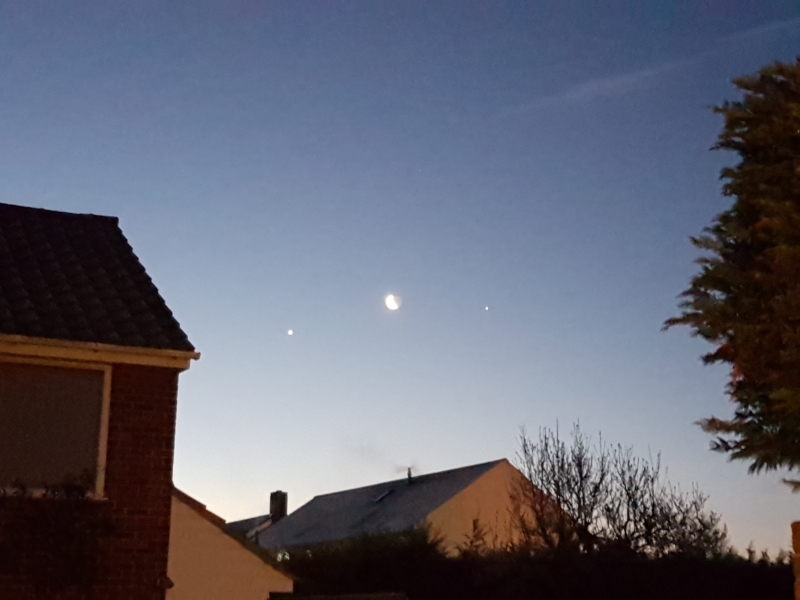
Images by Leigh Slomer
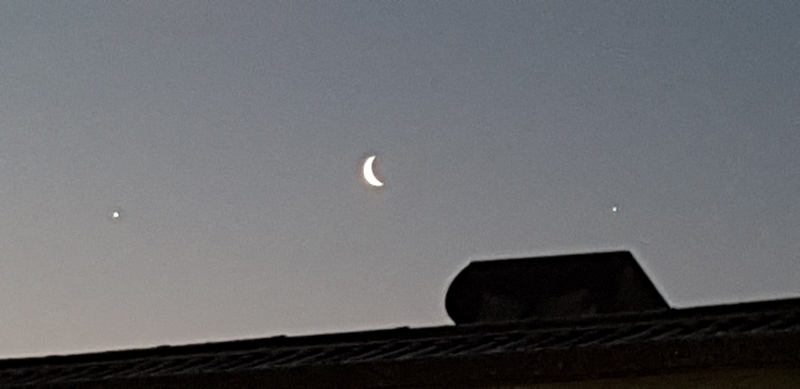
Images by Jim Burchell
Images by John Howarth
Total Lunar Eclipse 21st January 2019
The Dick Chambers Observatory was open for observing the ‘blood moon’ on the evening/morning of the 20th-21st January and for a change the weather was good. Other members observered from their homes and below are a few images by members.
Images by Jim Burchell

Images by Martin Crow
Images by Leigh Slomer
Images by Honor Wheeler
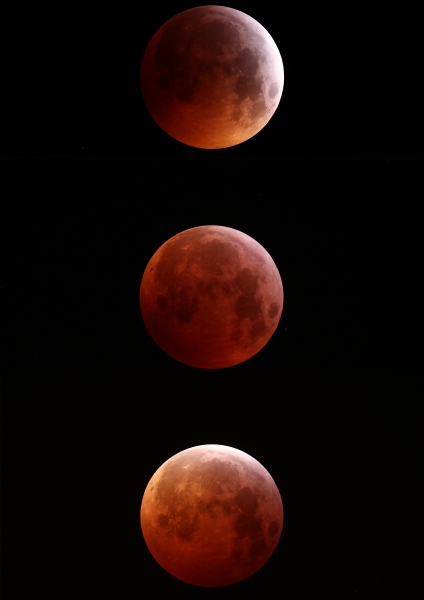
Images by Kevin Langford
Images by Mike Rushton
Images by Janice McClean

Meteors Detected in December 2018
Our automated meteor camera and meteor team, detected 239 meteors in December, despite the cloudy weather, 60 of these were identified as part of the Geminid meteor shower. The brightest meteor detected was a magnitude of -1.8. During December we identified meteors from 22 different showers, but the geminids was by far the strongest.
Below is a video of the meteors detected by the meteor camera operated by the society, in December 2018, the meteors are ordered by brightness based on analysis by UFO analyser.
46P Wirtanen
Comet 46P Wirtanen was billed to be brighter than ever this apparition and when at its brightest it would be passing within 1 degree of M45, however the UK weather conspired against us, some members got images from outside the UK and others from before it reached its brightest, but our visit to Ashdown forest was cancelled due to 100% cloud cover and rain.
On Thursday 13th December 2018 many members observed the comet at the Dick Chambers Observatory, through binoculars (a very faint fuzzy blob only visible with averted vision) and through the 16″ Peter Hindle telescope.
Comet Wirtanen, 46P taken 16 Dec. 2018 @ 0030 hrs., in Cottowood, Arizona, USA by Richard Bohner
Canon 6D, 200mm f2.8 lens, ISO 800
75 second exposure time.
Image by Richard Bohner
Here is my latest image of Comet 46P. Taken Thursday night.
Canon 6D, 200mm lens f2.8, ISO 800 60 second exposure.
It was a little windy Thursday night with gusts of 25mph and moon
Image by Richard Bohner, tahen on 8th December 2018 in Cottonwood, Arizona
Comet 46P Wirtanen on 8 Dec with Canon 6D with 200mm f2.8 lens, 60 second exposure.
Image by Honor Wheeler
I’ve been getting some practice with deep sky stacker, not as scary as I thought here is my first attempt using it to stack some images of the comet.
Image by Honor Wheeler
I’ve been lucky to have imaged the comet twice myself, once on Friday 7th & again on Sunday. The seeing has been pretty poor but it was just visible in 10×50 binoculars and looked pretty good in my 72mm refractor and 40mm eyepiece.
Astronomy Outreach with Sutton-at-Hone School
We welcomed the Children of Sutton-at-Hone Primary school to the Dick Chambers Observatory on the 12th December 2018. They had a chance to look through the Peter Hindle telescope and from the photos it looks like they had a great time, whilst learning a bit about the science of Astronomy.
Parental permission given for all images used.
Meteors Detected in November 2018
The society observed 210 Meteors linked to 32 different showers in November using the semi-automated meteor camera
Annual General Meeting 2018
1st November 2018
Chair: John Archer
Attendees: Mike Rushton (MR), Keith Rickard (KR), Martin Crow (MC), Rita Whiting (RW), John Archer (JA), John Howarth (JH), Andy Barber (AB)
Apologies: Simon Dawes (SD)
Minutes: 2017 minutes read by JA and Signed by JA
Matters Arising: None
Chairman’s report:
JA’s first year as Society Chairman.
Summary of report & highlights provided to members as a PPT
Report (in Word) not reproduced here, but will be circulated to Committee for review / amendment then provided via website to members and forwarded to the PC.
Thanks extended to Trustees, Committee Members, Project contributors and members for supporting the Society at events, meetings and project work throughout the year.
Membership was at 66 members in total
Results of member survey were presented in part, then deferred to a later date due to Internet connectivity issue mid-way through.
Treasurers Report:
Keith presented the Treasurer’s Report covering the period to 31/8/2018
Accounts were awaiting examination– funds healthy, with contingency in place.
Gift Aid had allowed another £1k (approx.) to be recovered from membership dues.
Election of Trustees as per Constitution:
Retiring Trustees this year, Mike Rushton and John Archer, put themselves up for re-election.
Vote by show of hands: Mike and John re-elected.
AGM closed at 20:33UT
Meteor Observations 2018 October
October saw us identifying 308 meteors from 32 different showers, the October Draconids and the Orionids being the most interesting.
The brightest meteor was -3.7 vMag
October Draconids Report
21 October Draconids were identified in the charts below you can see they are a very narrow peak, suggesting a narrow stream of dust the Earth is passing through. The average magnitude was 1.
Ground map of the Draconids showing the meteors that were triangulated with the Nemetode group, our observations are the ones detected by the ‘Dartford’ Observatory
Orionid Report
We identified 53 Orionids, peaking on the 21st October and an average magnitude of 1
Below is a 15 minute video of all 308 meteors verified in October.
Ground map of the Orionids showing the meteors that were triangulated with the Nemetode group, our observations are the ones detected by the ‘Dartford’ Observatory.
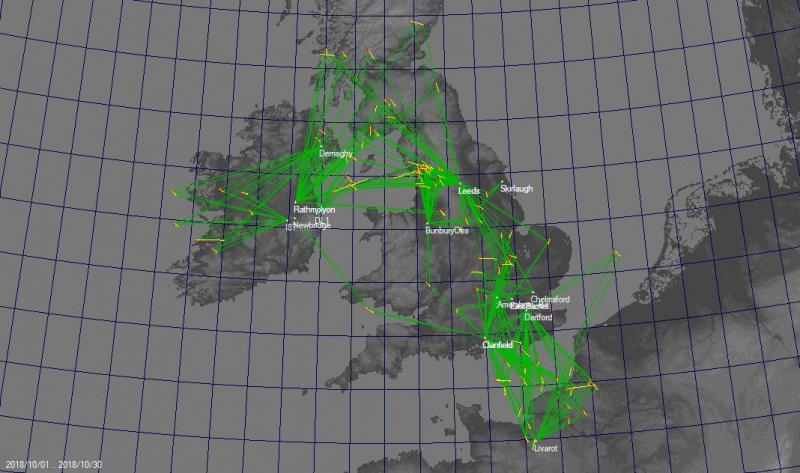
Back to Basics Workshop
 We hosted The 2018 British Astronomical Association Back to Basics workshop on 6th October.
We hosted The 2018 British Astronomical Association Back to Basics workshop on 6th October.
These workshops are great for beginners just starting out in astronomy and wanting to learn how to use their telescopes or get started in Astronomy and over 50 people turned up – well done and thank you to all the Crayford Members who helped out.
The slideshow below is of photos taken of the day by member Jim Burchell – Thank you Jim.
The 2018 Perseid Meteor Shower
The society run an ‘almost automated’ meteor camera, if you want to be part of the meteor team checking the results every morning then please speak to the coordinator – Janice.
A total of 535 Meteors were captured, with 340 of them being Perseid meteors. Below is a video of the 20 brightest meteors during August.
Summary of the report sent to the Nematode meteor group.
The Nematode group were able to match 11 of our meteors with observations from other observers in the group producing these orbits.
![Perseid orbits 2018[3450]](https://crayfordmanorastro.com/wp-content/gallery/meteor/Perseid-orbits-20183450.png)
2019 Calendar
Some of you who were present at the Pavilion on the 29th of March will be aware of the following changes to the Society’s Calendar rules. Each month will now consist of a collage of member’s images rather than just one per month.
The Calendar size will also increase from 21 x 28cm to 28 x 37cm picture size to accommodate the collage of images, I am unsure how many images can be accommodated per page but it may be between 6 to 8, actual numbers TBA. Price TBA.
Rather than the list of 4 groups such as the Moon, Sun, Deepsky etc. there will be a list of ‘Targets’ for member’s to photograph or sketch.
Important: Image/s to be submitted for the 2019 Calendar must have been photographed or sketched after the 1st of January 2012 but no later than 8pm (GMT) on the 3rd of October 2018.
(All images for the 2020 Calendar will need to been photographed or sketched AFTER the 3rd of October 2018 but before the 2nd of October 2019 so keep this in mind when submitting your images).
DON’T FORGET TO READ THE RULES!
PLEASE DO YOUR BEST TO TAKE PART, THANKS.
Target images for the 2019 CMHASD Calendar are as follows:
1. Earthshine
The Moon’s shadow side can often be seen when the young crescent Moon is visible. Images must show the Moon with the shadowed side also visible
2. A Rainbow
Images can be an Arc or a portion of the Rainbow.
3. The Planets
Images can be of any of the Planets (not the Earth that would be cheating 😉
4. Lunar and/or Planetary Conjunctions
Images can be of the Moon in conjunction with Planet/s or a planetary line-up of 2 or more Planets.
5. The Orion constellation
Images that show the Orion constellation in full as the left image or as the image on the right with the four stars Betelgeuse, Bellatrix, Saiph and Rigel at each corner.
6. Lunar Eclipse
A Lunar eclipse will hopefully be visible on the 27th of July but any images photographed or sketched after the 1st of January 2012 can be submitted. The Moon partially or fully eclipsed will be acceptable.
7. Atmospheric Optics
Images of any of the following: Solar Halo, Sundogs, Circumzenithal Arc, Cloud Iridescence and Crepuscular Rays etc.
8. The Andromeda Galaxy
A close-up image of this wonderful Galaxy.
9. Sunset or Sunrise
Any photograph or sketch of a Sunrise or Sunset over land or water.
10. Lunar crater Copernicus
A close up of the crater Copernicus photographed or sketched using a Telescope or a Telephoto lens.
11. Sunspots
Images of Sunspots in White Light or a projected image only, not H-alpha (as only a few members have H-alpha telescopes).
12. Ursa Major constellation
Images of the whole constellation or the Plough will be acceptable.
13. A Full Moon
The Moon must be between 98 – 100% to qualify for this Target, you’ll need to make sure as I will check the date and the image was photographed or sketched.
14. The Pleiades and/or the Hyades
An image of either the Pleiades or the Hyades or an image of them together.
I am aware there are 14 Targets, not everyone will be able to image all of the Targets so hopefully this way everyone will be in with a sporting chance of obtaining at least one image for the Calendar.
Rules: And please make sure you read them!
- You may only enter one image per category.
- Sketched, Single, Multiple Stacked or Mosaicked images are acceptable, Composite images are NOT acceptable.
- All images entered must have been Photographed or Sketched by the person entering the image/s.
- If too many images (maximum numbers TBA) are entered for one ‘Target’ then a vote will be taken on each image and the images with the most votes will be included in the Calendar.
- All images MUST have been taken AFTER the 1st of January 2012 but before 8pm (GMT) on the 3rd of October 2018.
- The two ‘Targets’ with the least number of images received will not be included in the Calendar.
- Images can be taken using another member’s telescope but the camera used MUST belong to the member submitting the image/s.
- Poor quality images will have to be omitted so make sure the image resolution is good enough for printing.
- All images MUST be submitted to this email address: honor . draconis @ talk21 .com (remove spaces) BEFORE 8pm (GMT) on the 3th of October 2018, no exceptions.
When emailing your images please use the email subject heading ‘CMHASD CAL2019’ that way I can save the images easily all in one place!
Small print – Feel free to ask me any questions that are not covered by the rules but if you do ask me a question that IS covered by the rules…then I’ll know you didn’t read them! Simon, Martin, Jim….! [this is scandalous Ed.]
Astronomy Fun Day at the Priory Centre Dartford
The Society took part in an Astronomy Fun Day on Saturday 25th August 2018 at the Priory Shopping Centre to promote Astronomy, and encourage locals to visit the shopping centre, the day was well attended and along with CMHASD was an inflatable planetarium. During the day we were promoting the BAA Back to basics workshop we are supporting in October.
Solar Observing at Hall Place – August 2018
The Society were at Hall Place on Sunday 19 August 2018 showing members of the public the Sun using safe observing techniques and talking to people about Astronomy in general. Whilst there was a fair amount of cloud about and the Sun was playing ‘hide-and-seek’ the day was a massive success.
The Society were at Hall Place on Sunday showing members of the public the Sun using safe observing techniques and talking to people about Astronomy in general. Whilst there was a fair amount of cloud about and the Sun was playing ‘hide-and-seek’ the day was a massive success.
2018 Summer BBQ
Welcome to our new website!
Our new website is live, come back regularly to see new updates.
This post lists the progress of migrating data from the old website to the new one.
Our old site cmhas.wikispaces.com remains operational for a short period as sections from it are migrated more and more of the old site will point to this new site, however please be patient at we have 560 pages and 2.5Gb of images to migrate!
2018-09-09
Added Making dew heater controller and dew bands to equipment section
2018-08-07
Added Automatic Photometric Telescope post to Papers and Equipment sections
2018-08-06
Added new post for BAA Exhibition meeting in 2010
Added new post for BAA Summer Exhibition Meeting 2012
Added Paper
Added Paper
Added Paper
2018-08-05
Added book review posts
Updated Aurora page
Added news posts
Updated Atmospheric Optics Page and added some posts
2018-07-25
Added Frankenscope to equipment section
Added Observatory Section
2018-07-24
Added post on summer BBQ
Fixed Event section which wasn’t displaying event posts
2018-07-23
Updated space Junk section and added post
2018-07-22
Added Equipment Section and added to Activities menu
- CEM post
- Drift scan post
- Battery Free electric focuser
- DIY Finderscope
- Variable Barlow
- Large Telescopes
Added Variable star page and 3 posts showing observations
2018-07-21
Updated Mars Page
2018-07-20
Added Spectroscopy page
2018-07-18
Added post for 2015 Lunar Eclipse – all Lunar Eclipse reports from old website are now covered.
Modified the Programme- you can now import our programme into your own Calendar!
2018-07-17
Added page on Detecting meteors with Radio
Updated Lunar Eclipse Page added posts for 2001 and 2007 Lunar Eclipses
2018-07-15
Complete upload of member solar images
Papers section added and 2 papers published
Meteor Page updated with posts for previous society reports of meteor showers
Radio Section Added, added SID page
Double Stars Section Added
2018-07-14
Comet page updated, including all the previous comet reports by the society.
Venus page updated with members images plus a paper on the dichotomy of Venus
Sun pages updated with members images
Changes to Membership
New Membership Fees:
Our society is booming, as a rsult our income has become a little high so we have made the decission to reduce membership fees .
The new membership structure is as follows…
Full Membership
- £95 per annum
- All meetings including lectures
Basic Membership
- £35 per annum
- All meetings except lectures (lectures can be attended at £7 per lecture)
Student Membership
Only availble to full time students
- £35 per annum
- All meetings including lectures
John Wall 1932 – 2018:
On Saturday the 27th of January 2018, the Society learnt of the death of Mr John Wall, an inspirational inventor who make telescopes out of household items and inventor of the Crayford Eyepiece Mount (referred to now as the Crayford Focuser), John was a member of the Society for many years and will be remembered for his laugh, inventive genius and great character. An obituary was posted in ‘The Times’ and the ‘BAA Journal’
Below is a copy of the obituary for the BAA Journal
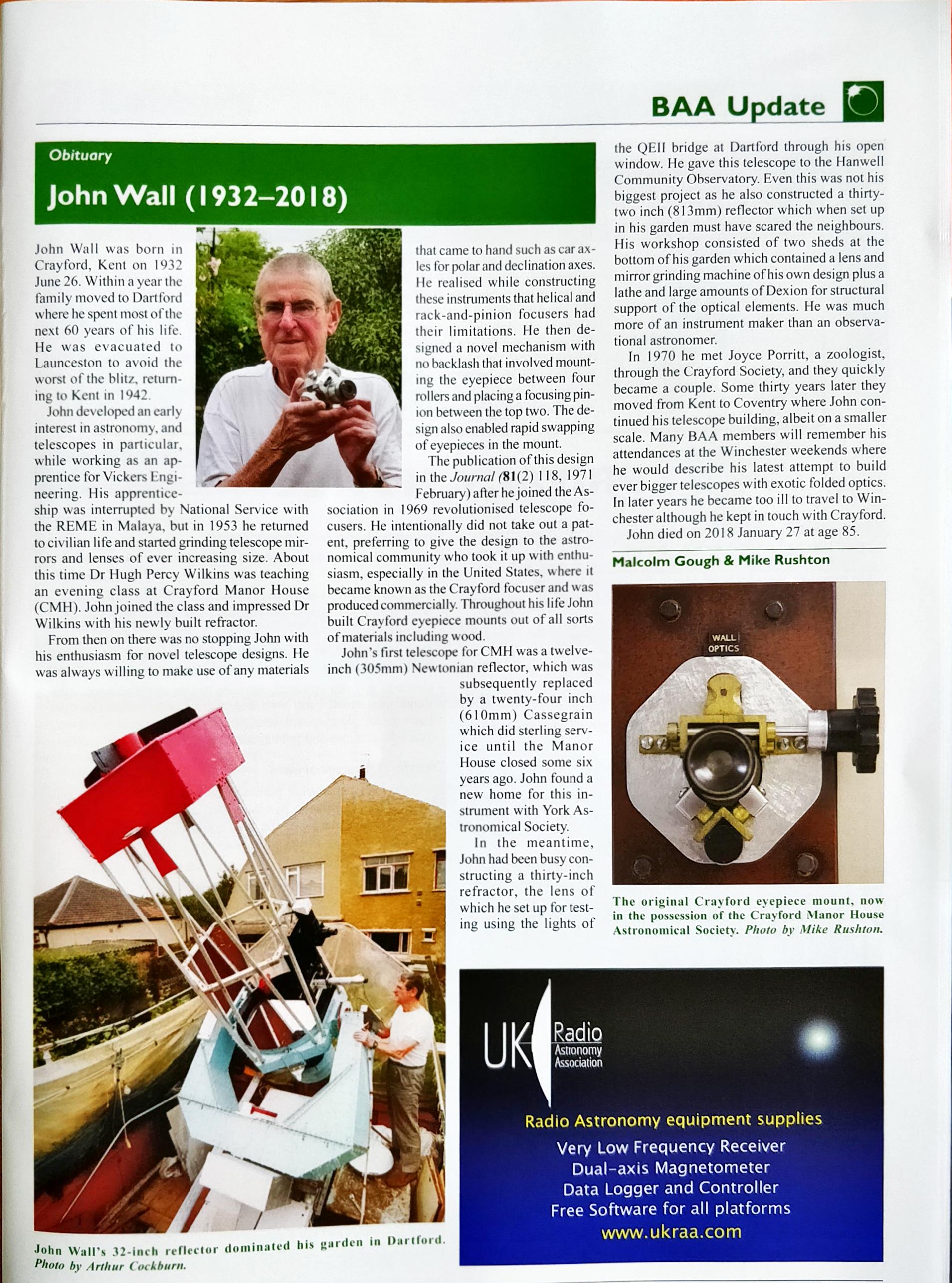
Obituary as it appeared in the BAA Journal
The Dick Chambers Observatory
Solar Eclipse 2012 November 13, Australia
Members Mike, Rita, Jean and Brian travelled to Northern Australia to see this eclipse.
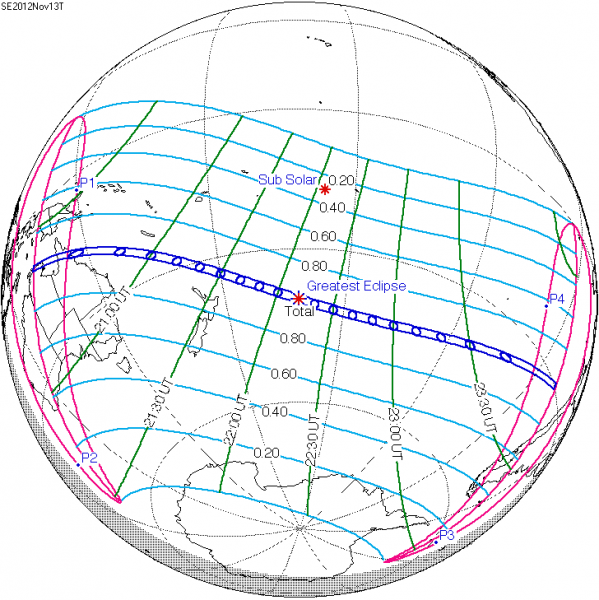
Eclipse Predictions by Fred Espenak, NASA’s GSFC
Images by Mike Rushton
All images are copyright. Permission must be sought to from the image owner to the use of any of these images.
Dismantling the 24 inch Telescope built by John Wall
When the Manor house closed in December 2011 we lost our 50 year old observatory so we had to find a new home for our 24″ telescope built by John Wall 🙁
York Astronomical Society agreed to rehouse the telescope. Below are a selection of photos showing what happened that day.
BAA Summer Meeting 2012
This meeting was hosted by Crayford Manor House Astronomical Society, the weather wasn’t great but we did manage to get the Solar scopes out for a short while. The lectures were great.
Europe goes to Jupiter
Dr Chris Arridge
All about project JUICE an ESA mission to Jupiter
Rosetta
Dr Dan Andrews
All about missions to comets with some insight into the Beagle 2 mission
Application of penetrators for the Exploration of planets & the Moon
Dr Rob Gowen
Title says it all really
Differentiating between dead comets and Asteroids
Prof. Iwan Williams
All about categorisation of asteroids and coments and how/ if they can/should be classified differently
Working on Mars
Dr Craig Leff
All about how to manage robotic missions on Mars.
The Dartford festival 2012
BAA Exhibition Meeting 2010
Location: Greenwich, London, UK.
This meeting included a (Free) trip to the Planetarium organised by the SPA, and then the BAA exhibition meeting down the hill. At the meeting our founder, Gordon Taylor received an Award from the BAA.
Solar Eclipse 2009 July 22, China
There were no obvious prominences for this eclipse and cloud almost spoiled it, however we were lucky and the cloud cleared or thinned out for the duration of totality, Venus was clearly visible overhead.
Eclipse observed by half a dozen members.
Images by Mike Rushton
Images by Jean Felles
Solar Eclipse 2008 August 1st, China
This eclipse was special for its colours around the horizon. There were wonderful oranges and reds all around, the clouds lit up, some dark in silhouette, some golden, glowing yellowy-orange in the distance. You could see the shadow approaching against the clouds and then rushing away as it left. A great and wonderful experience that we will all never forget.
During the eclipse it was possible to see a prominence at about 2 o’clock and the planets Venus and Mercury were easily visible.
The desert venue for this eclipse was a little windy, buffeting equipment and making imaging and video at high magnifications a little difficult.
Totality video by Member Andy Barber. Also featuring Maddy and Martin Crow and family. Venus and Mercury are also visible.
The video above shows the site used to observe the Solar Eclipse. Video by Andy Barber.
Images by Mike Rushton
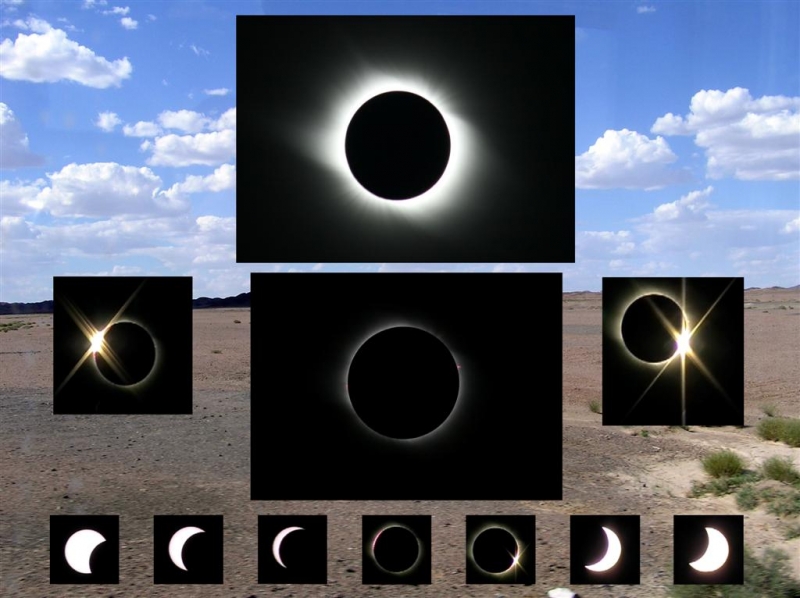
Images by Martin Crow

Images by Andy Barber
Solar Eclipse 2006 Turkey & Libya
Two teams of Crayford members went to image the March 2006 total eclipse:
Libya:
Arthur Cockburn, Jean & Brian Felles, Mike Rushton and Rita Whiting
Turkey:
Andrew Barber, Martin Crow, Malcolm Gough, Keith Rickard and Julian Tworek
Images by Arthur Cockburn
Images by Jean Felles
Images by Brian Felles
Images by Mike Rushton
Images by Martin Crow
Images By Julian Tworek

Solar Eclipse, 2005, October 3rd, Spain
Keith Rickard travelled to Plaza Mayor in Madrid to observe the Annular Eclipse. This location was very close to the centre line of the eclipse path.
In the UK there was a partial eclipse and Honor Wheeler and Julian Tworek imaged it, Honor in white light and Julian in Hydrogen Alpha light.
Images by Keith Rickard
Below are some of the images Keith Rickard took with his Olympus OM1 SLR camera with a 420mm lens with a converted eclipse spectacles lens for a filter. Kodak Elite chrome 200 film was used. In the images below you can see Baily’s Beads and multiple shadows of the partial eclipse phase.
Images By Julian Tworek
The following images were taken by CMHAS member Julian Tworek from his observatory in Sidcup, Kent. They are of the annular eclipse but are seen as partial from the UK.
The images were taken using a Coronado PST (H-Alpha) telescope mounted on a Meade LXD55 mount, taken afocally with a Canon A510 compact camera. Plenty of prominences are visible if you click on the images.
Images by Honor Wheeler
The following images were taken by CMHAS member Honor Wheeler from her home in Wilmington near Dartford, Kent. They are of the annular eclipse but are seen as partial eclipse from the UK.
The images were taken using a Meade ETX 105 telescope, taken afocally with a Fuji E550 digital camera (set to auto), through a 26mm eyepiece with BAADER Astrosolar safety film and yellow filter.
Solar Eclipse 2003 Antarctica 24th November
A total solar eclipse is an unforgettable experience anywhere in the world but to stand beneath the Moon’s shadow in Antarctica must surely be the most memorable.
I was fortunate to be one of the 98 passengers on board the Russian icebreaker ‘Kapitan Khlebnikov’ which made its way through the field ice to the Davis Sea where we were one of the first people to experience a total solar eclipse in Antarctica.
An ‘inconsiderate cloud’ covered much of totality giving us only a glimpse of the corona and a brief flash of the diamond ring but it meant that I could concentrate on the moon’s shadow as it rushed like a huge storm cloud across the ice and stranded icebergs, and marvel at the pink and gold colours on the horizon.
For us on local ‘ship time’ totality occurred at 6:36am on 24 November 2003, ship time being UT +8hrs. Our position was 65º 55’S and 89º 16’E.
Valarie Stoneham
Images by Valarie Stoneham
On our journey to the eclipse site we stopped briefly at the Kuerguelen Islands. Only one of these islands is large enough to attempt a landing and it was here that 3 expeditions, despatched from Britain, Germany and the United States, established stations to observe the transit of Venus in 1874.
Two members of the expedition team on the Kapitan Khlebnikov, using informaition from modern maps and Airy’s report compliled in 1881, discovered the site of the US station near the location at Point Malloy. All that remained was a short brick pillar which had lost a few bricks from the top (this may once have borne an inscription) and two iron telescope foundations but they were able to measure the position accurately using a Global Positioning System.
Solar Eclipse, 2003 May 31st, Iceland
The eclipse site was a few miles north of Dalvik on the west coast of Eyjafjordur in the North of Iceland. All pictures were taken by Brian Felles.
Maximum Duration 3m 37s
Type Annular
Solar Eclipse 2002 December 4th , Australia
Member Jean Felles travelled with her husband, Brian to Australia to view this Eclipse.
The eclipse site was situated at KOOLYMILKA, North West of Woomera, South Australia.
Position: 30º 57.443’S and 136º 31.464’E.
Local time = UT +10½ hours
Photos taken with 500mm mirror lens plus 1.4x converter = 700mm at approximately F12 on 400 ASA Fujichrome film.
Discovery of Asteroid 1997 WQ28 by Crayford Member
On the evening of 30th November 1997 we were obtaining CCD frames for the UKNova/ Supernova patrol using a 10″LX200, operating at f3.3 and StarlightXpress. At 21.30UT we imaged a suspect object near ngc765, a type SBb/Sc, 14th mag spiral galaxy in Aries. Estimating the magnitude at brighter than 16 we initially thought we might have discovered a second supernova as this was rather bright for a new asteroid and no known asteroid was in the region of the galaxy. We used the Sky v4 to control the LX200 and always load the 34000 minor planets before we start patrolling so are forewarned of any asteroid in the field. We also checked Megastar and the new service to check supernova suspects for minor planets at the Central Bureau for Astronomical Telegrams Web site:
A second image 25 minutes later clearly showed movement, ruling out a supernova. Ignoring our chagrin we took a final image at 22.28UT, measured the positions using astrometrica, a commercial astrometry software package and sent a report to Martin Mobberley, deputising for Guy Hurst who was away on business.
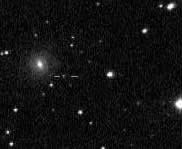
Asteroid 1997 WQ28 discovery image by Mark Armstrong
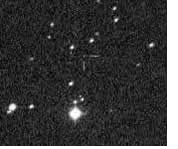
Asteroid 1997 WQ28 Follow-up image by Stephen Laurie
The skies remained cloudy until on 3rd December we imaged six overlapping fields twice, approximately one hour apart to try and recover the suspect. At this stage we had to estimate where we thought the suspect should be as we don’t have the software to calculate a rough ephemeris from initial observations. We picked up only one object showing movement and not appearing in the `Real Sky` field but were doubtful that it was the suspect as it appeared at least 0.5 magnitude fainter and CCD images taken near the ecliptic can often reveal faint asteroids. However we measured the new positions and reported to Guy Hurst.
Meanwhile on 2/3 December Stephen Laurie, having seen our original report but unable to respond immediately due to business, imaged an object in the approximate position. Using Computer-Aided Astrometry, another commercial software package, he imputed all the measured positions to date and concluded that they were all the same object!
Guy reported the observations to the Minor Planet Centre on 6th December and the asteroid received the official designation 1997 WQ28. We have now secured 28 observations over a 55 day arc and the object has still not been linked to a previously designated object. Our previous `discovery` 1997 DV was linked to 1990 QN5, discovered at Palomar!
Article originally by Mark Armstrong


